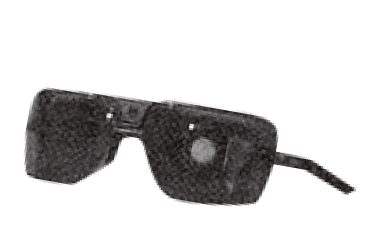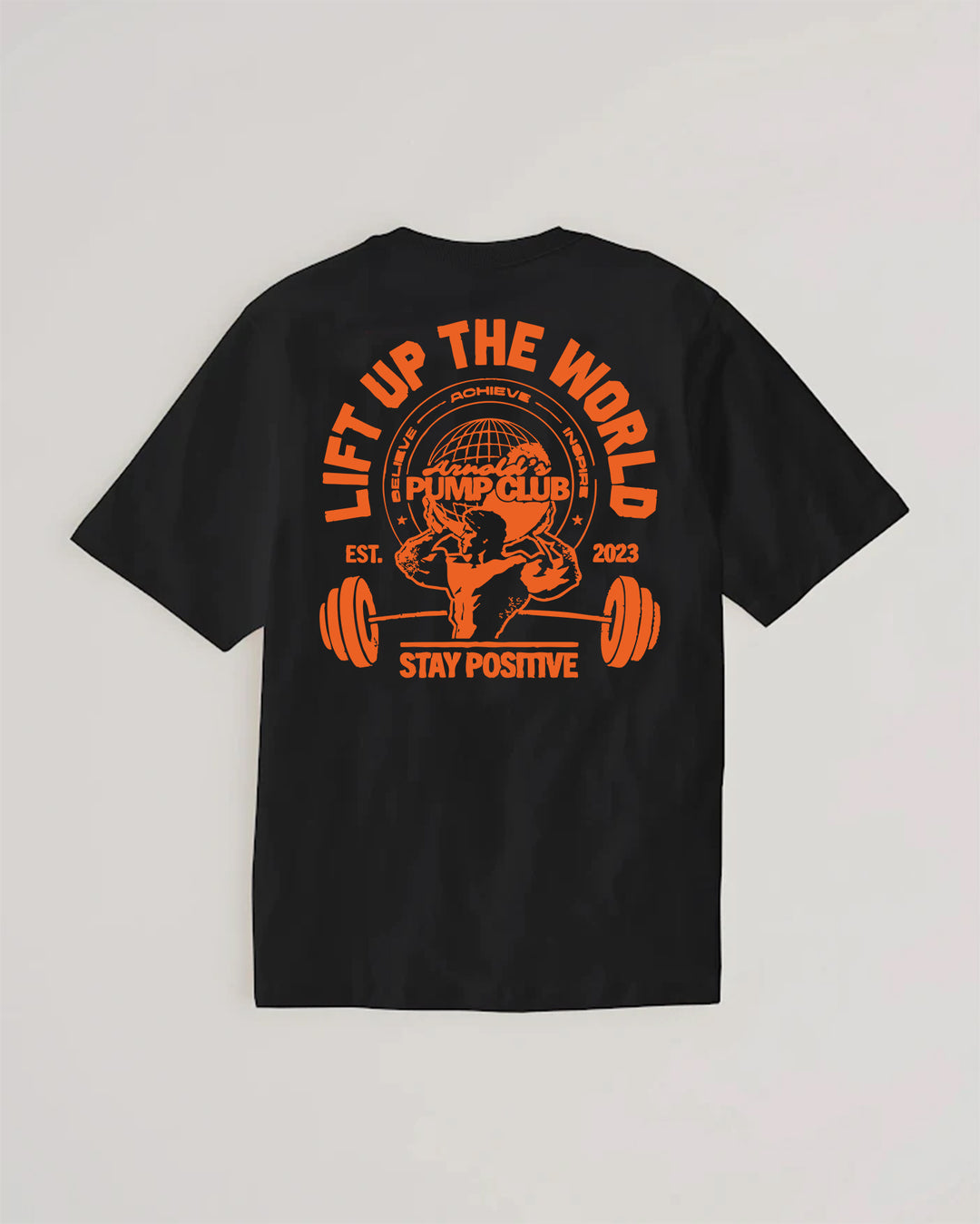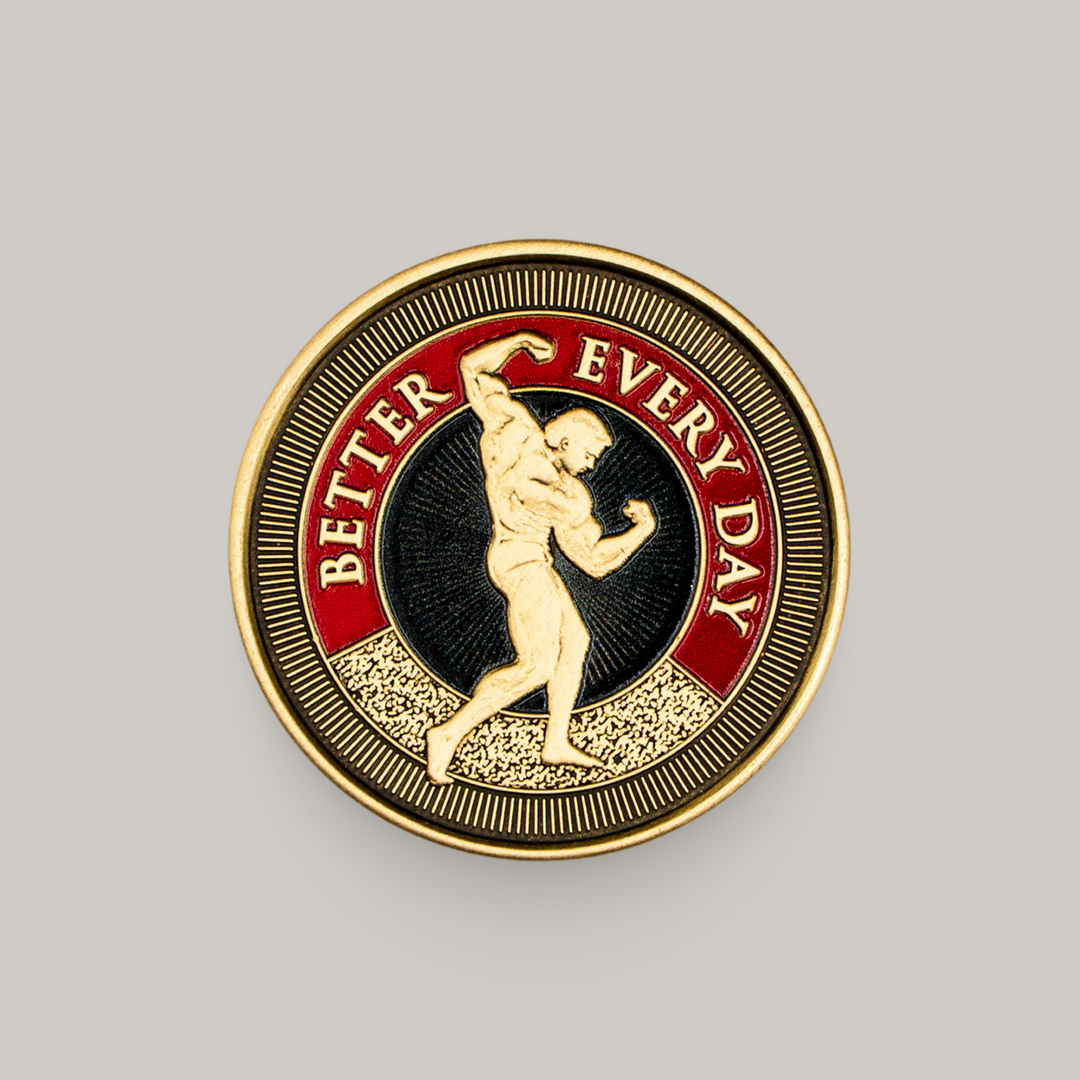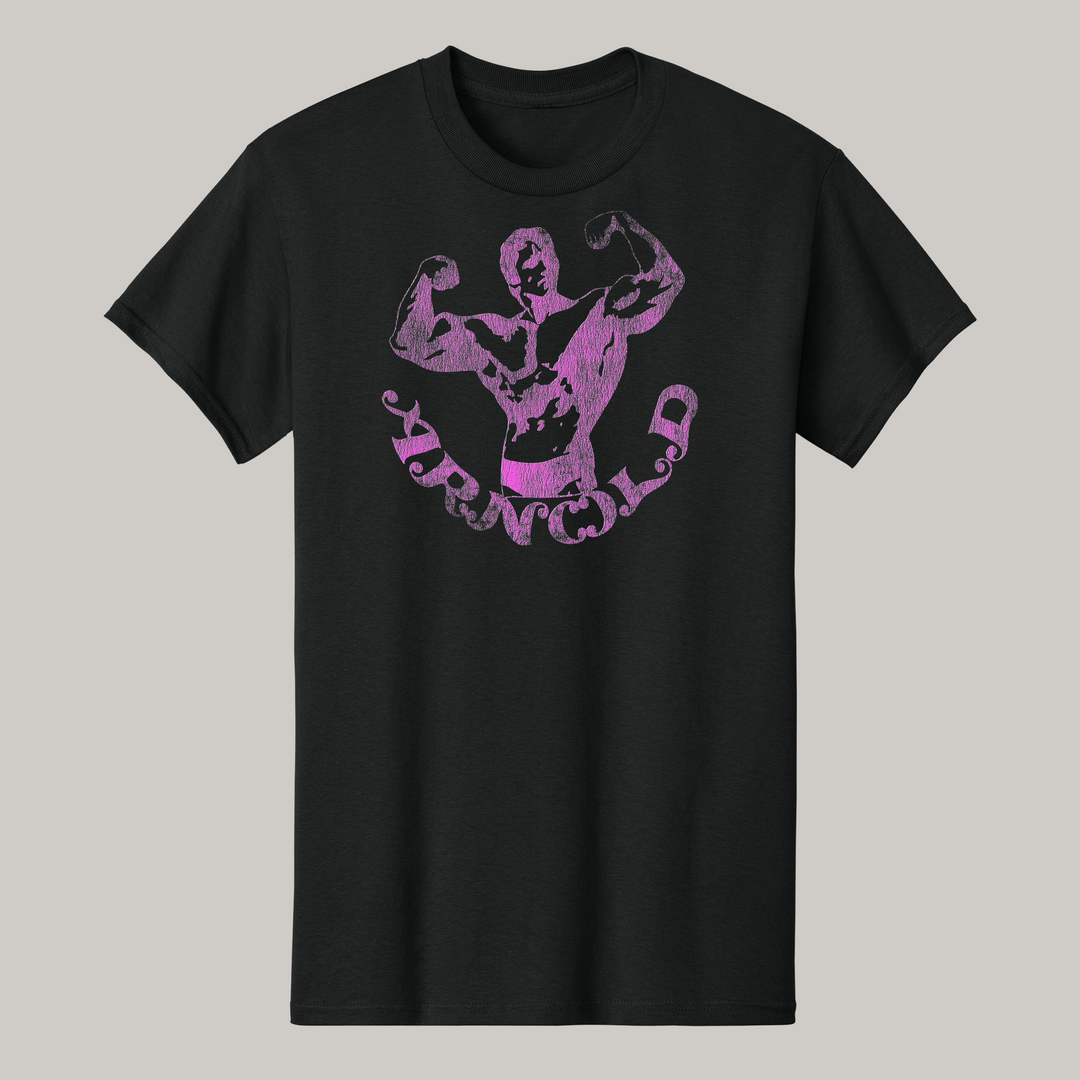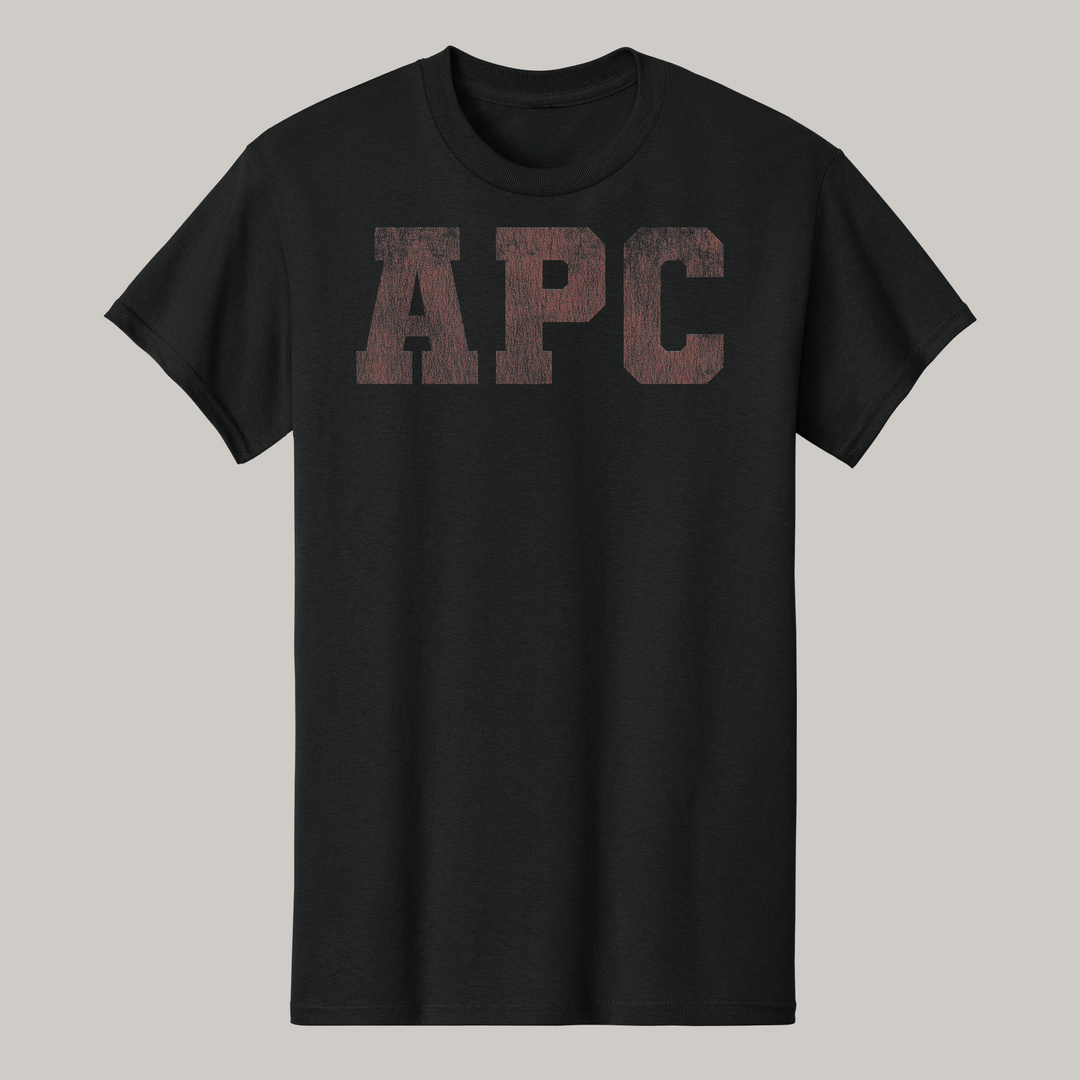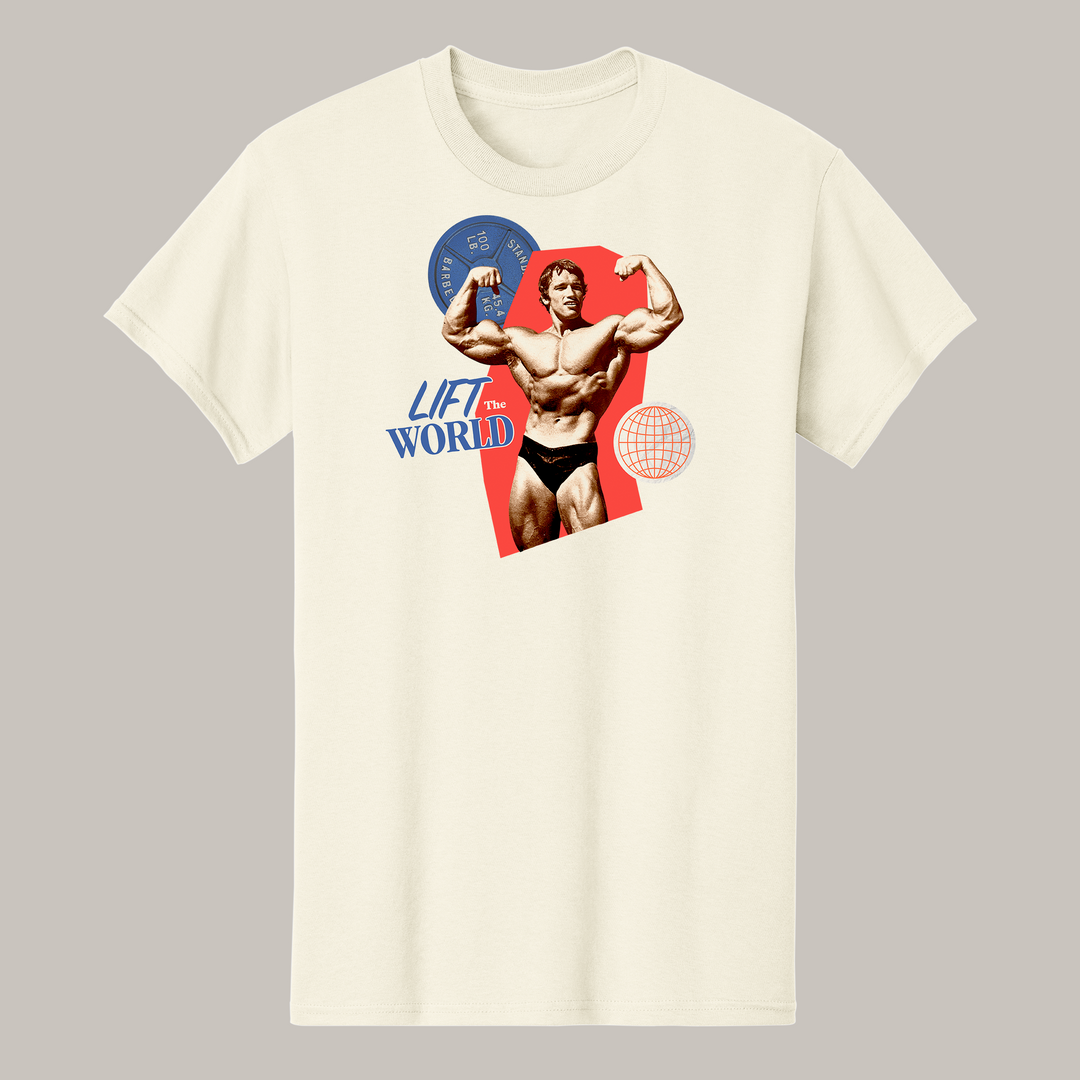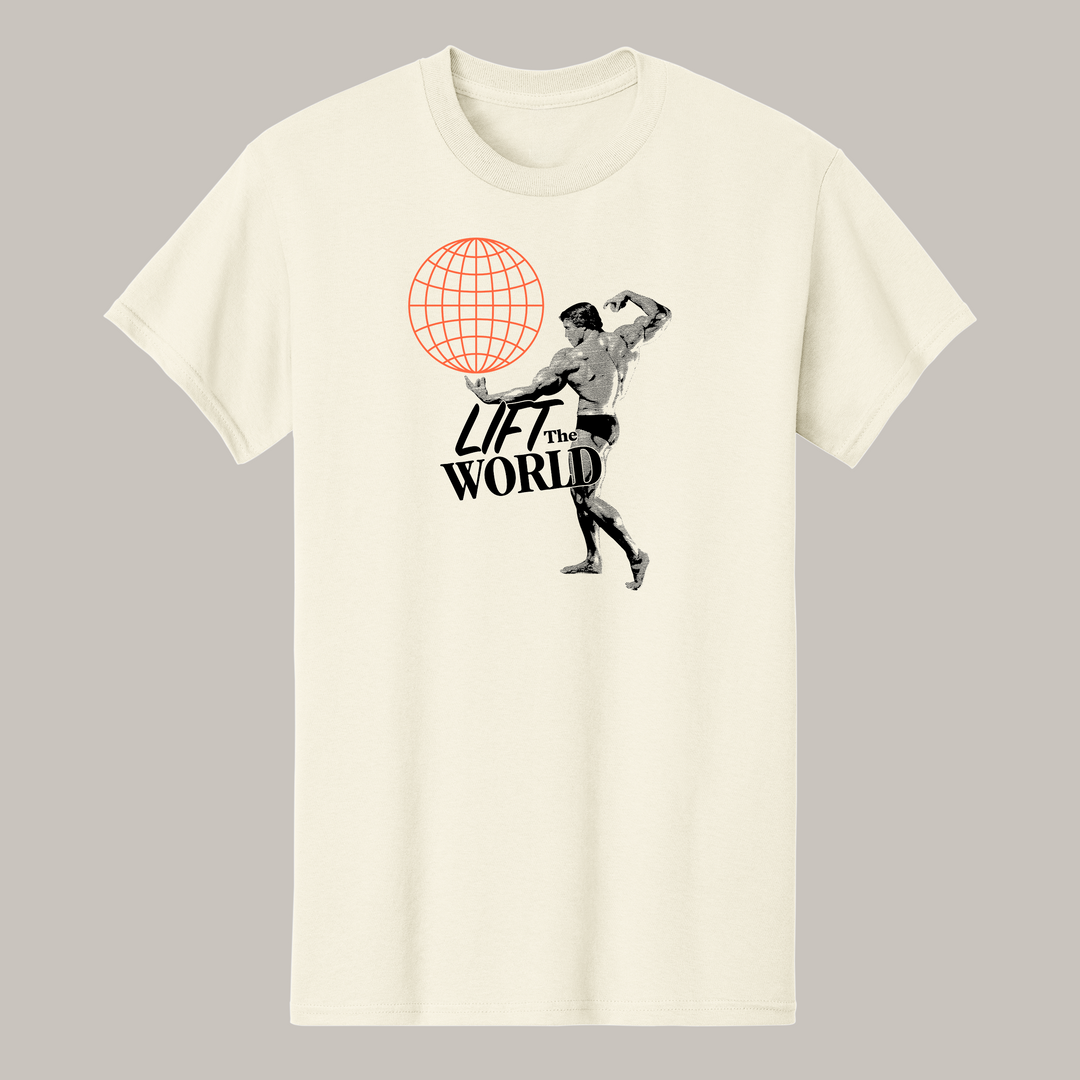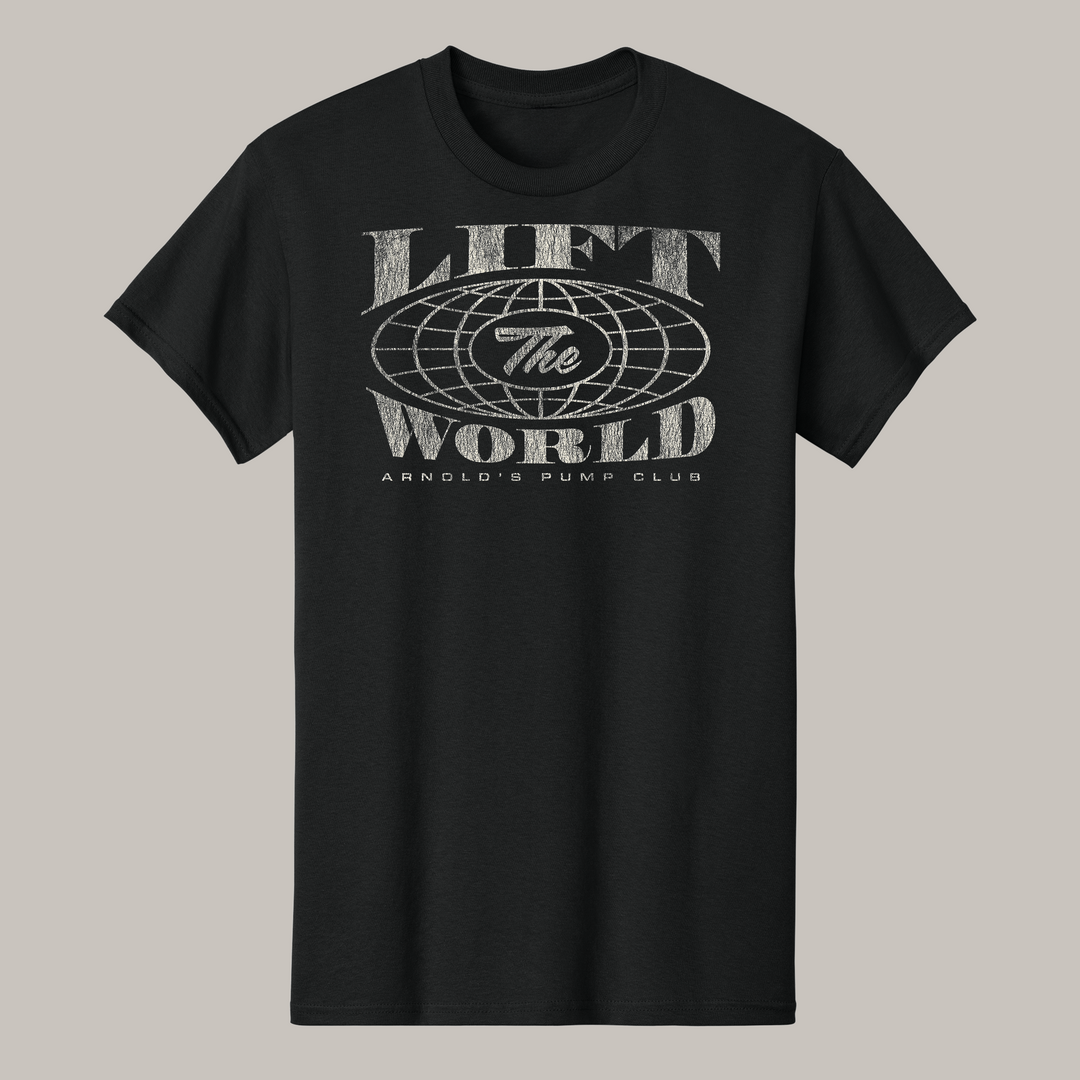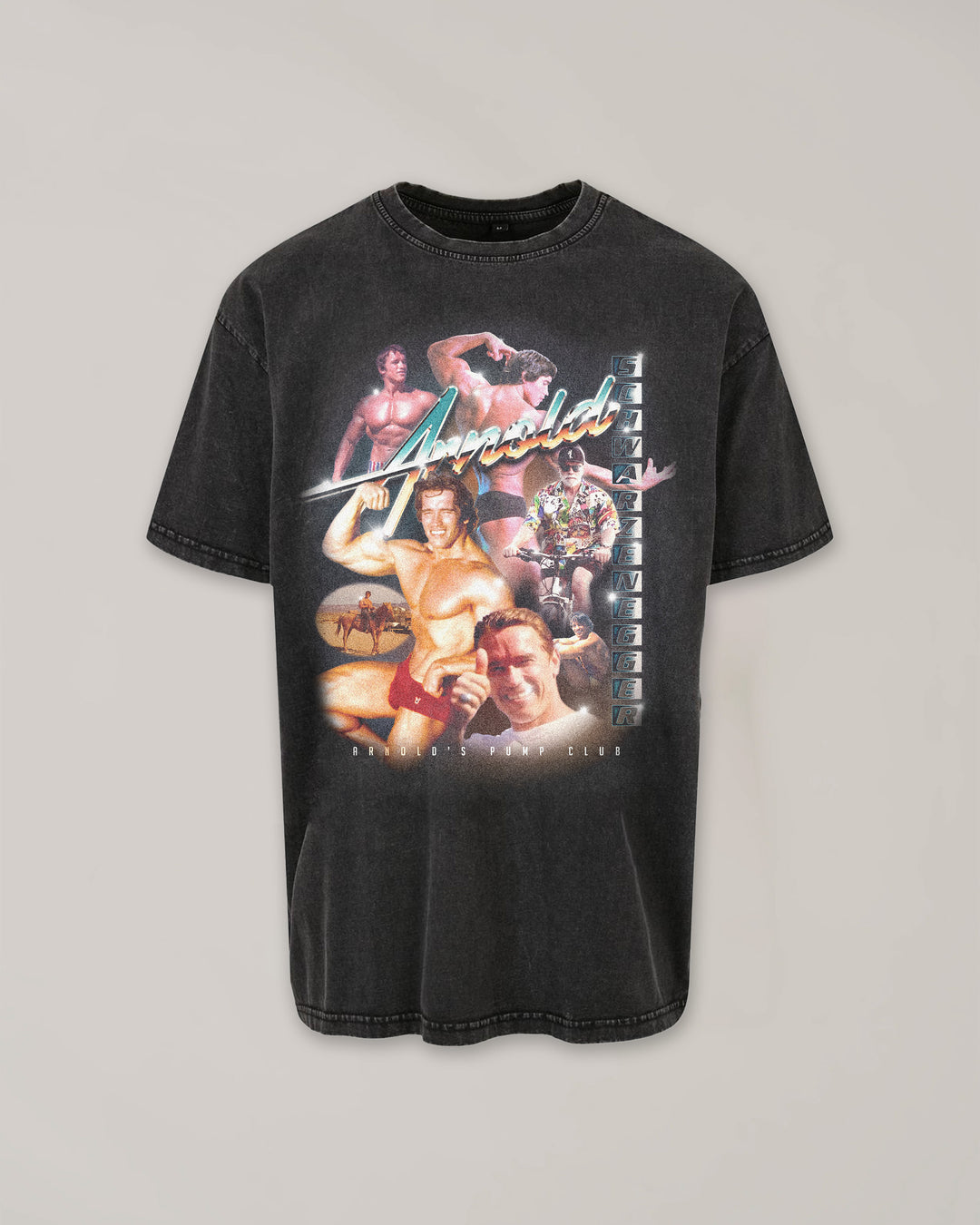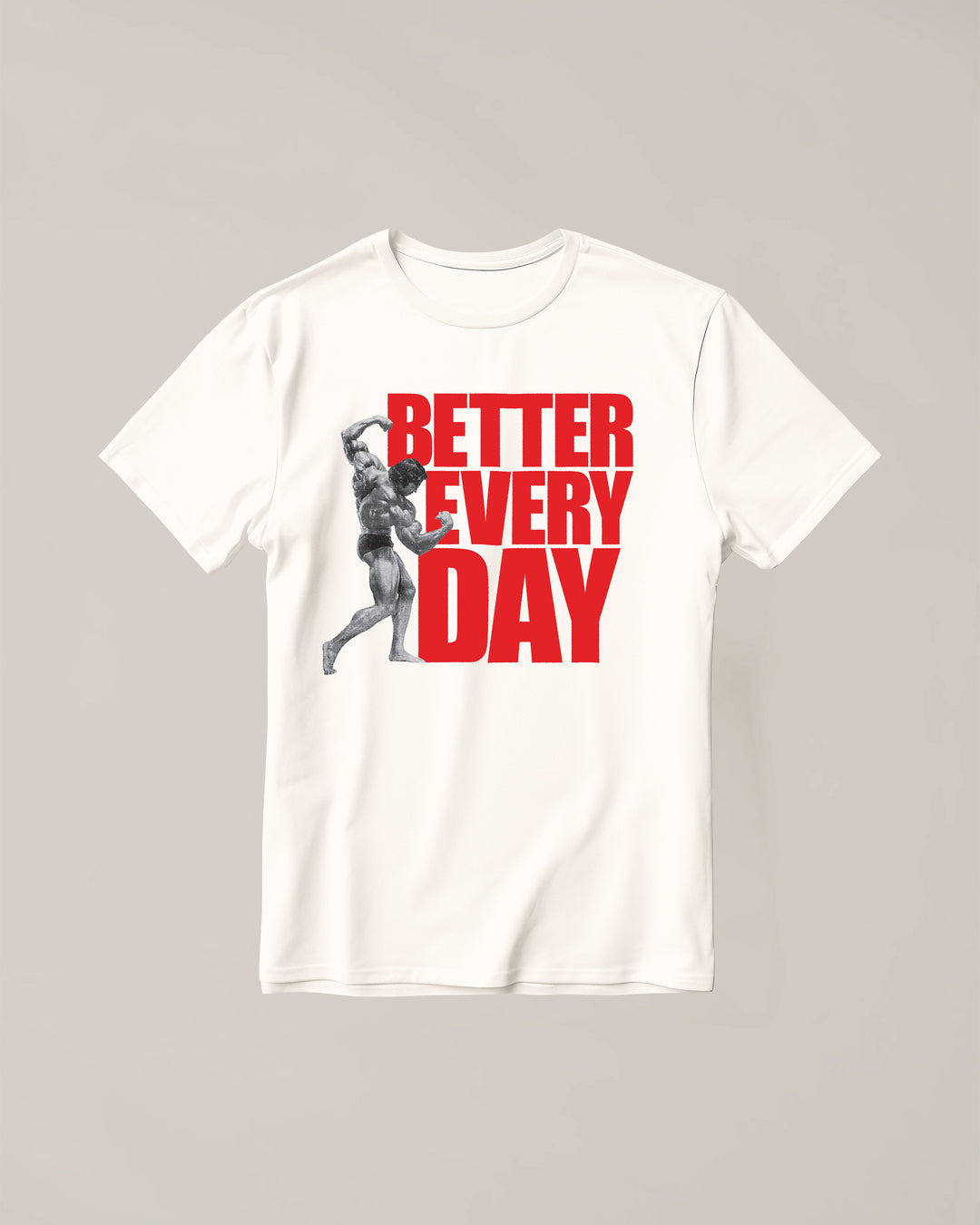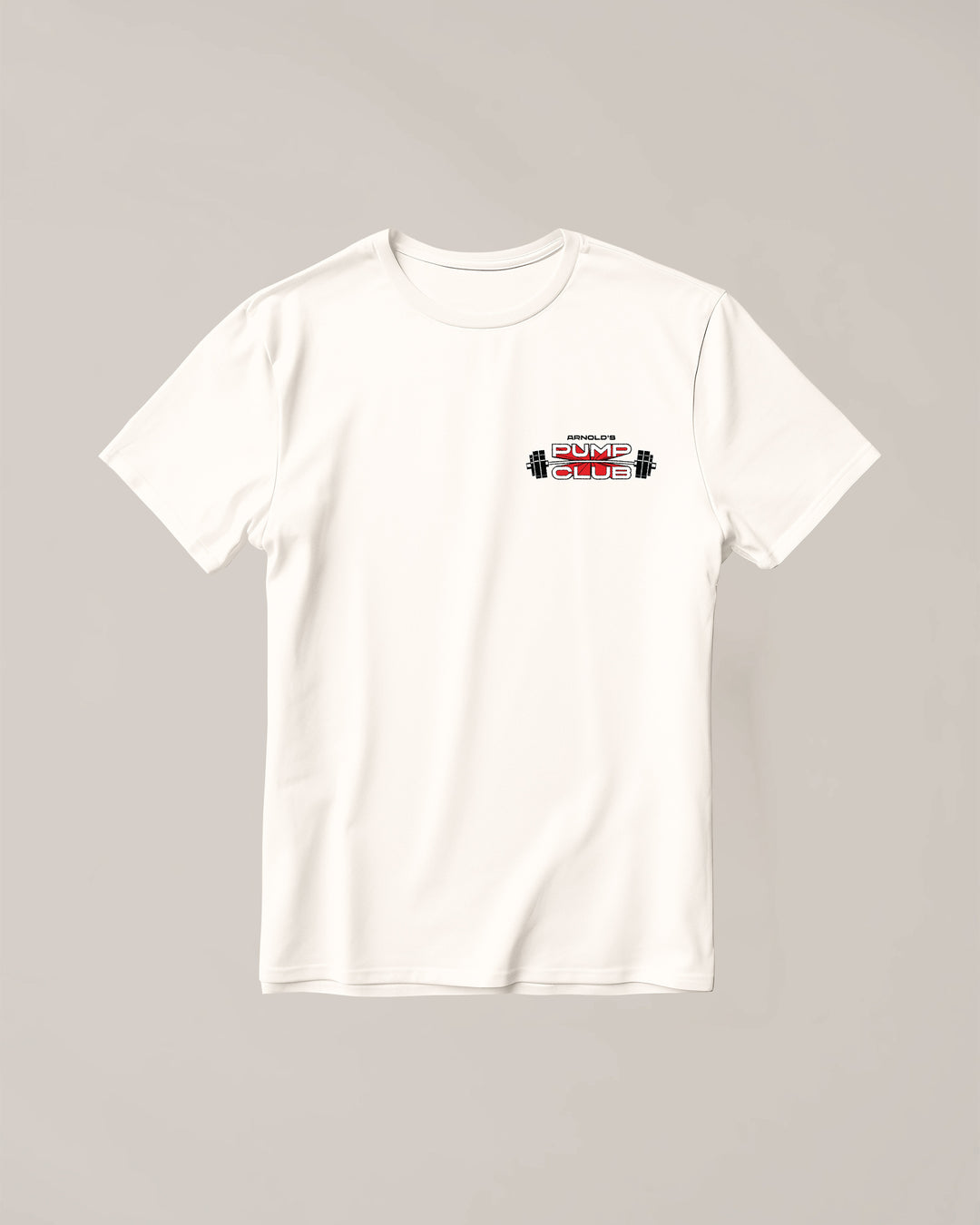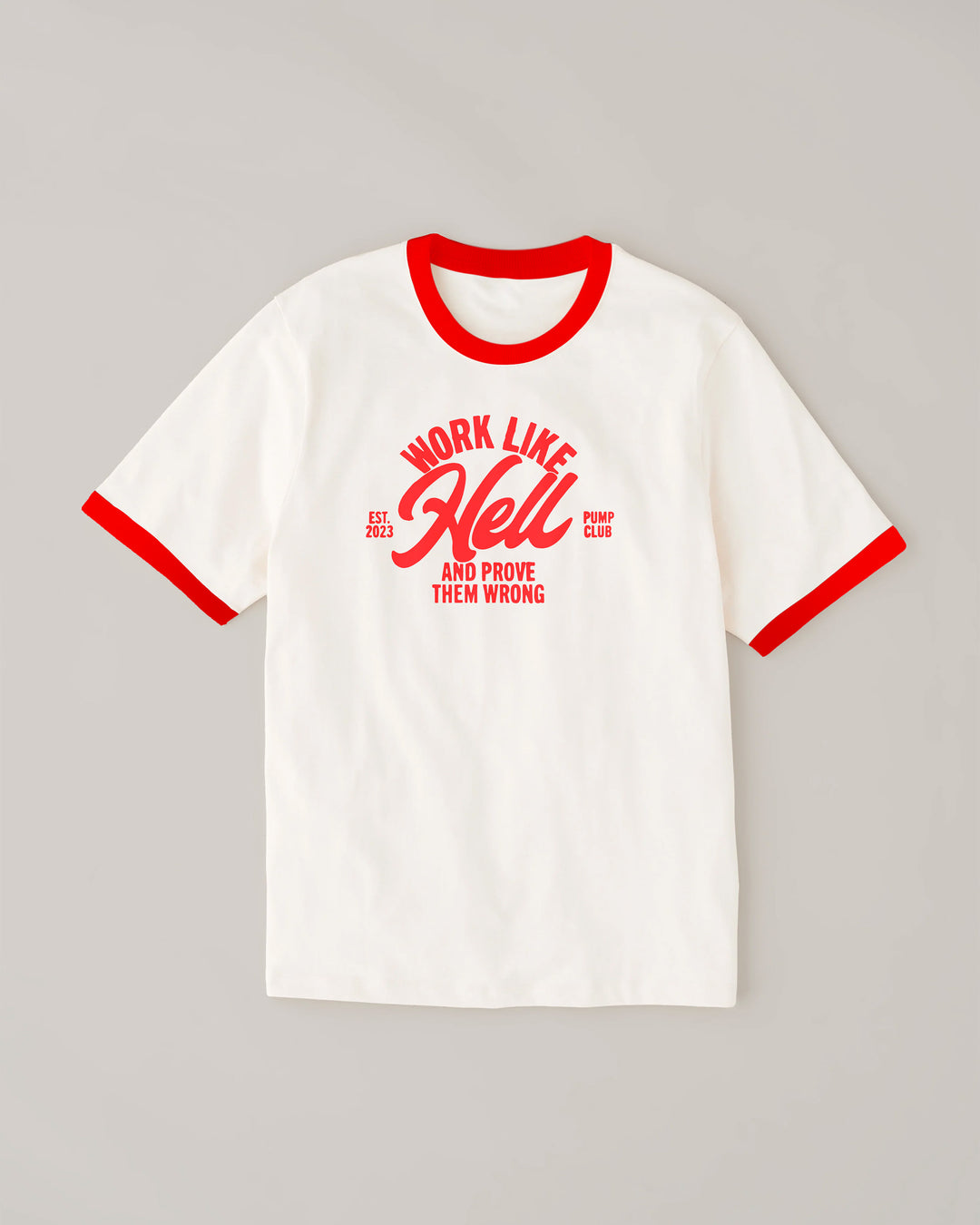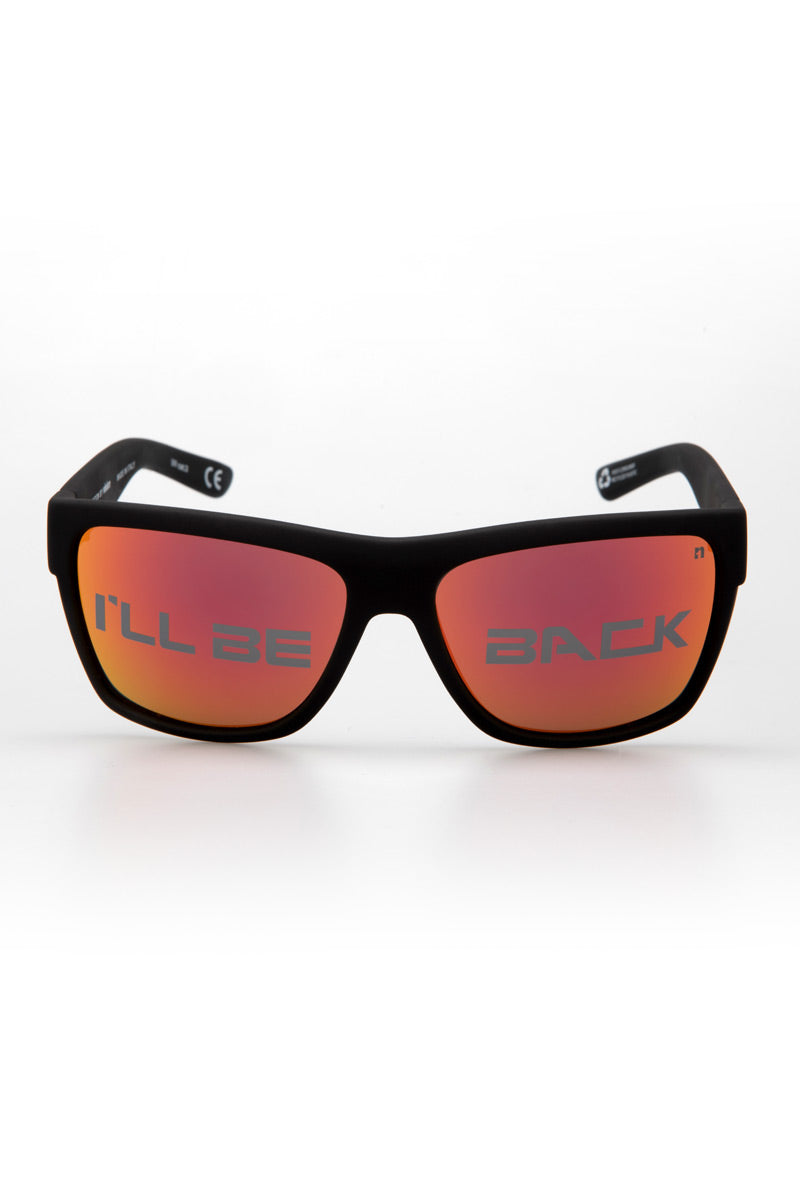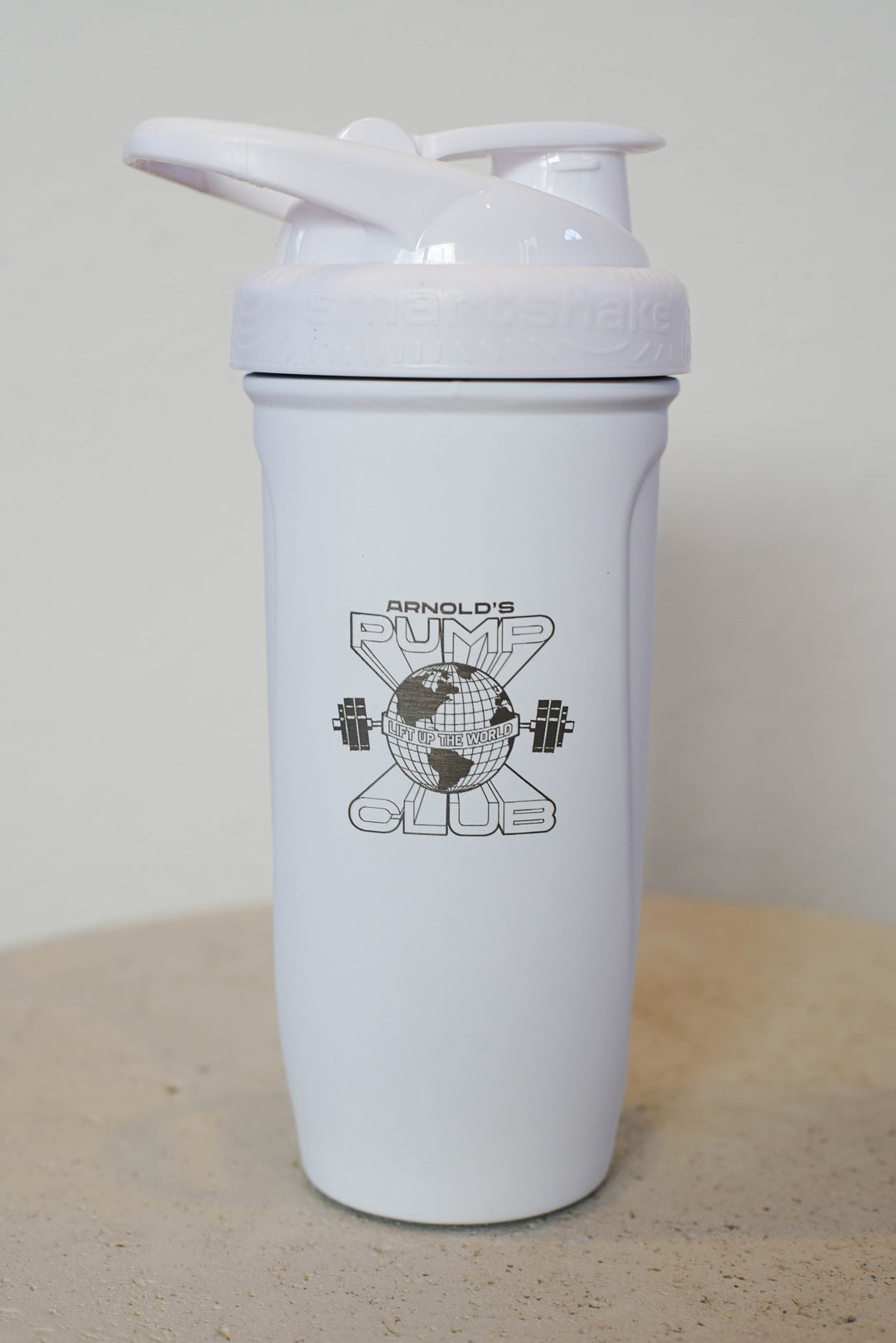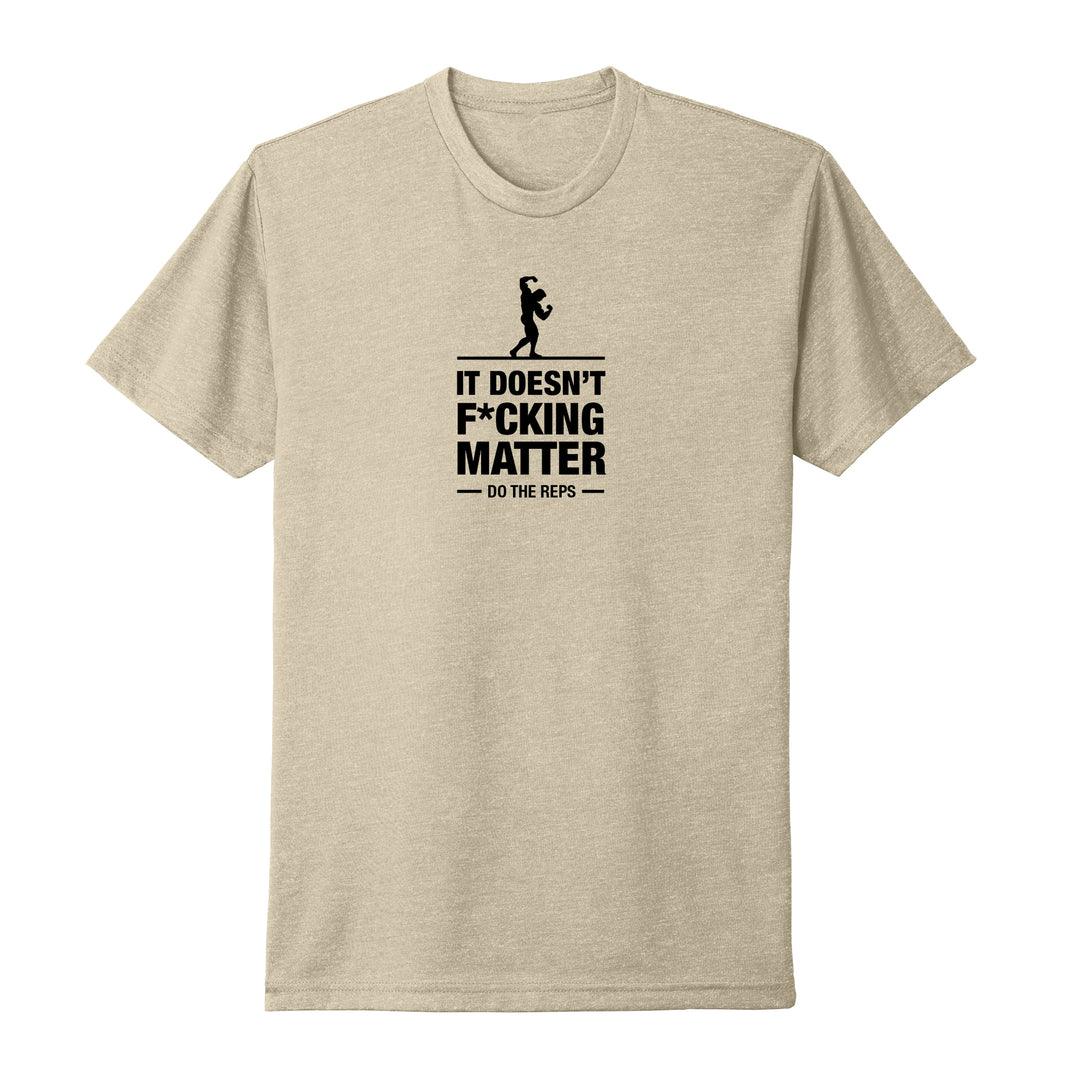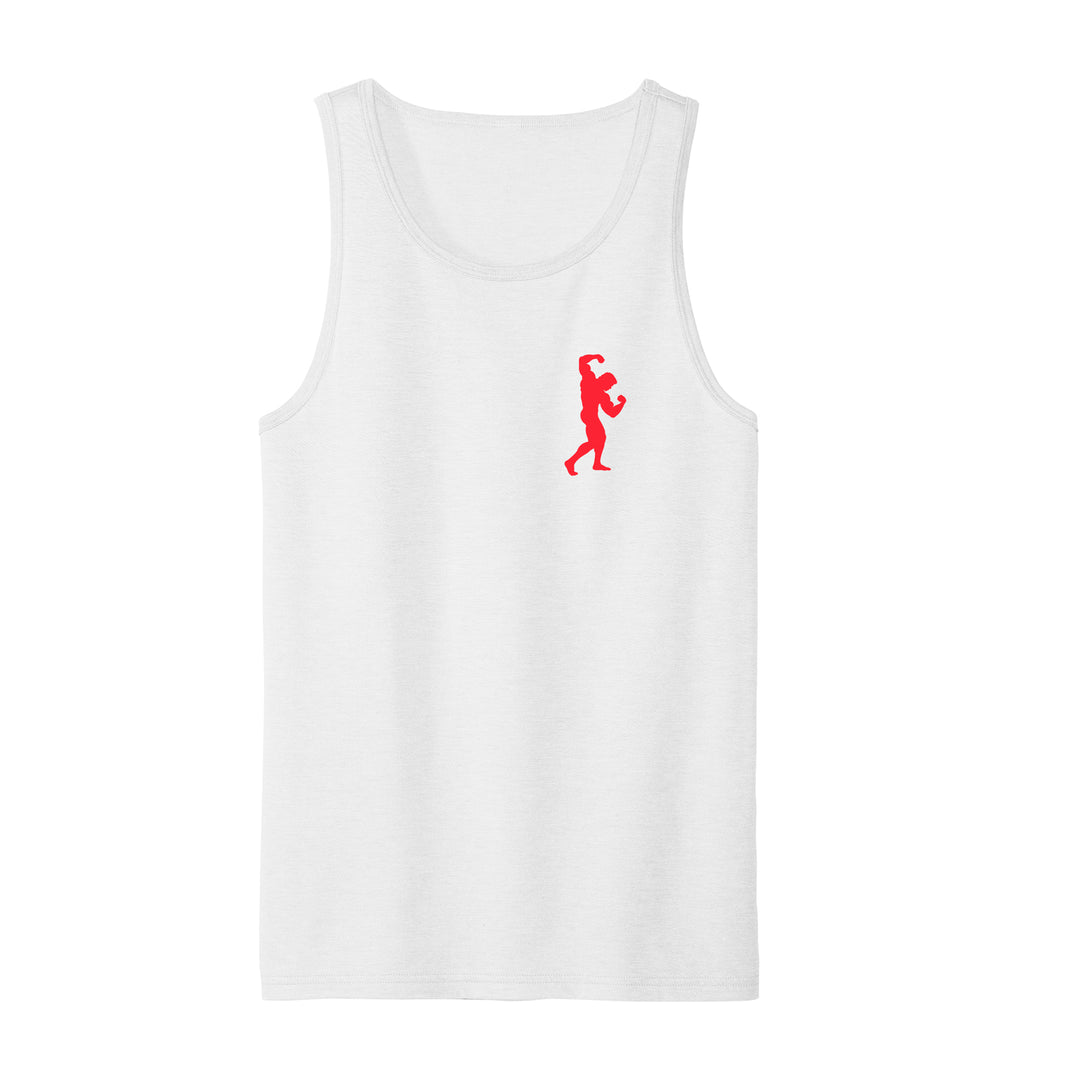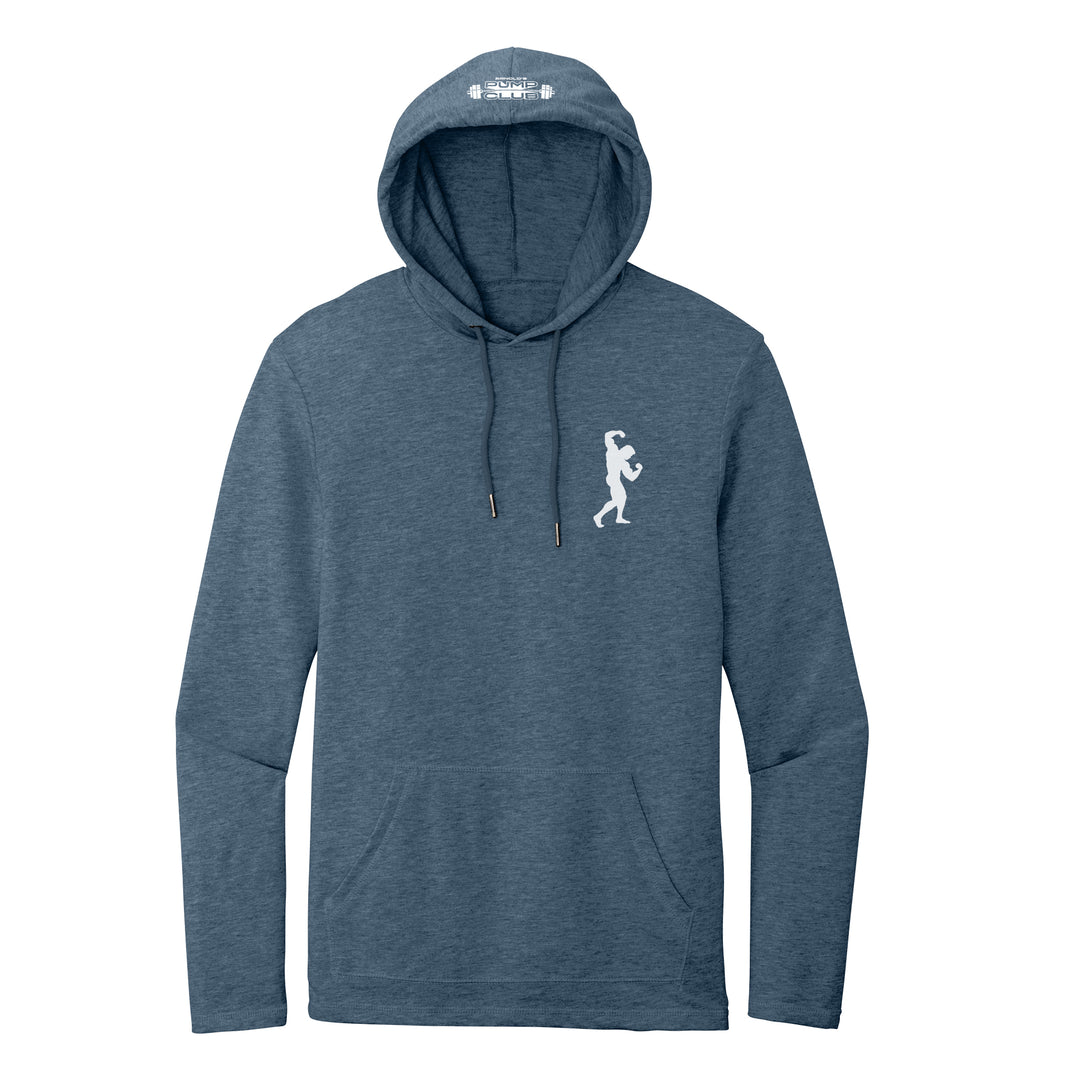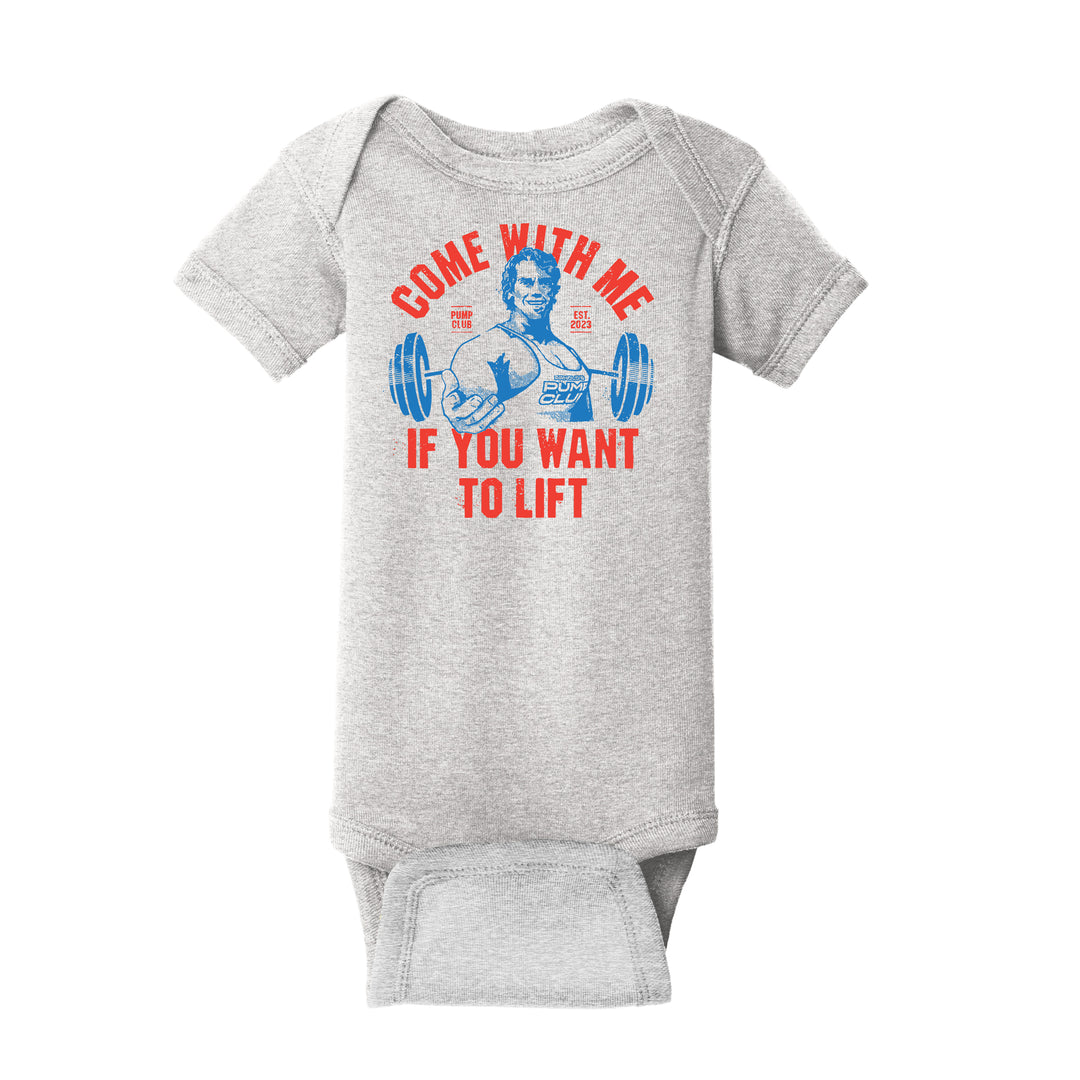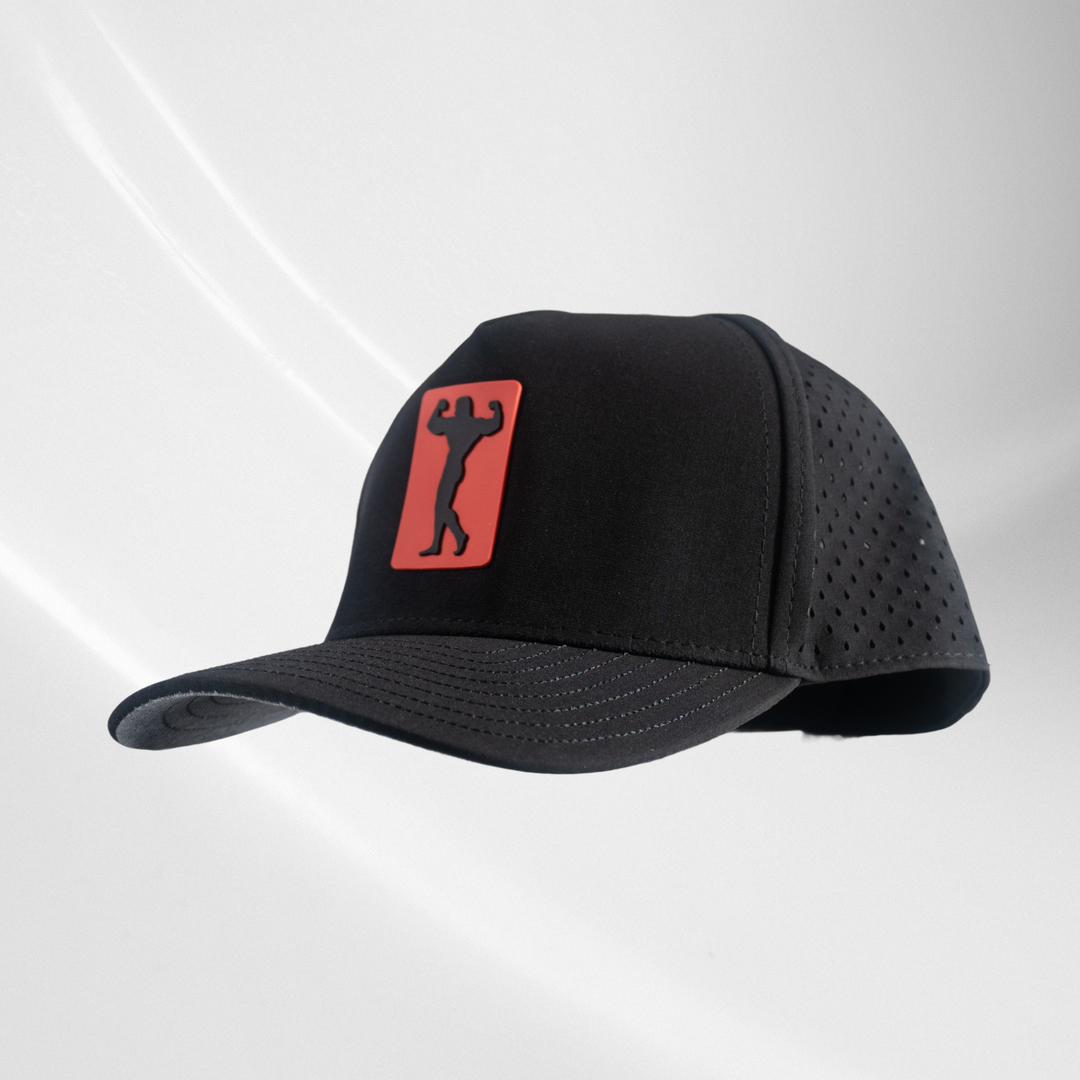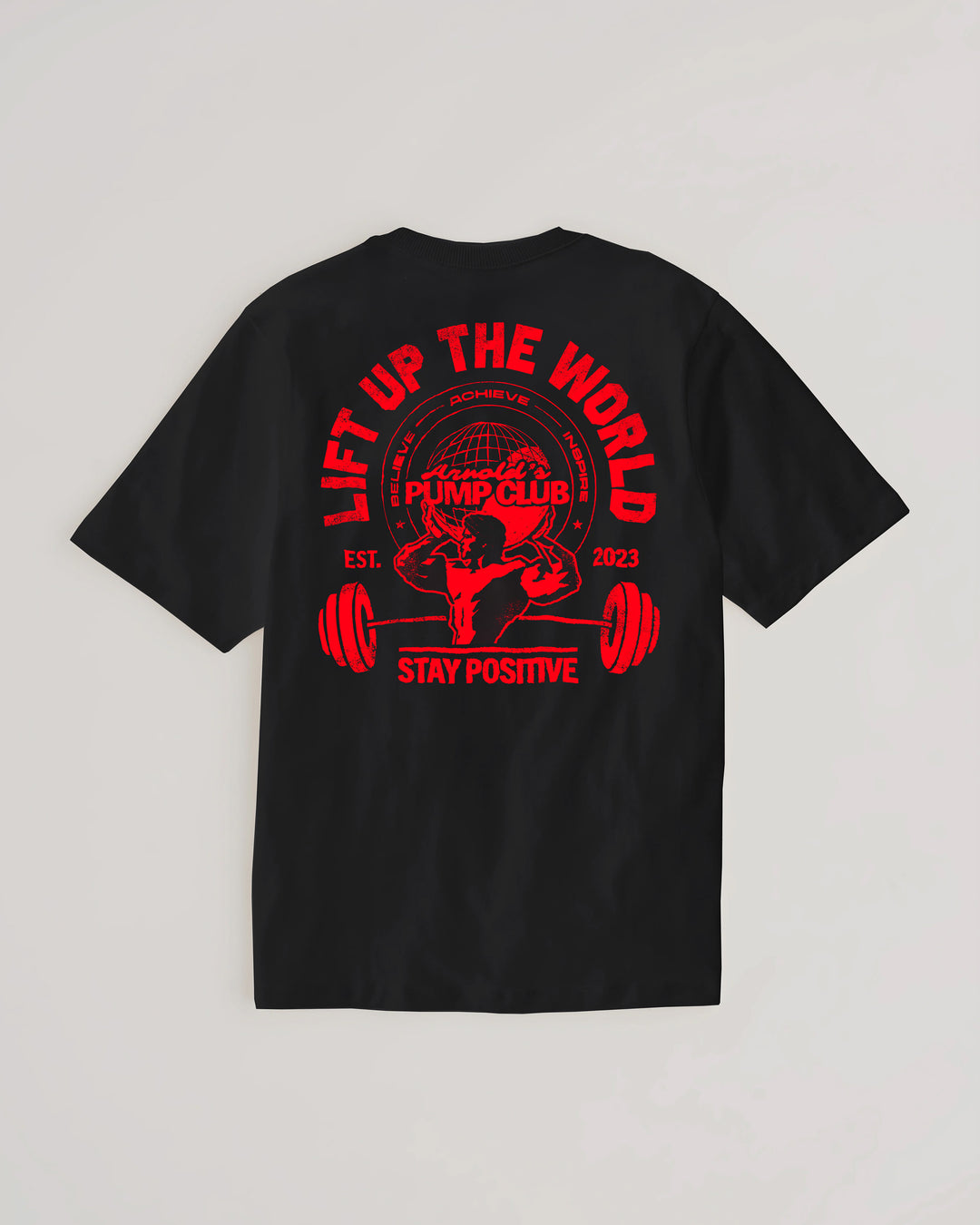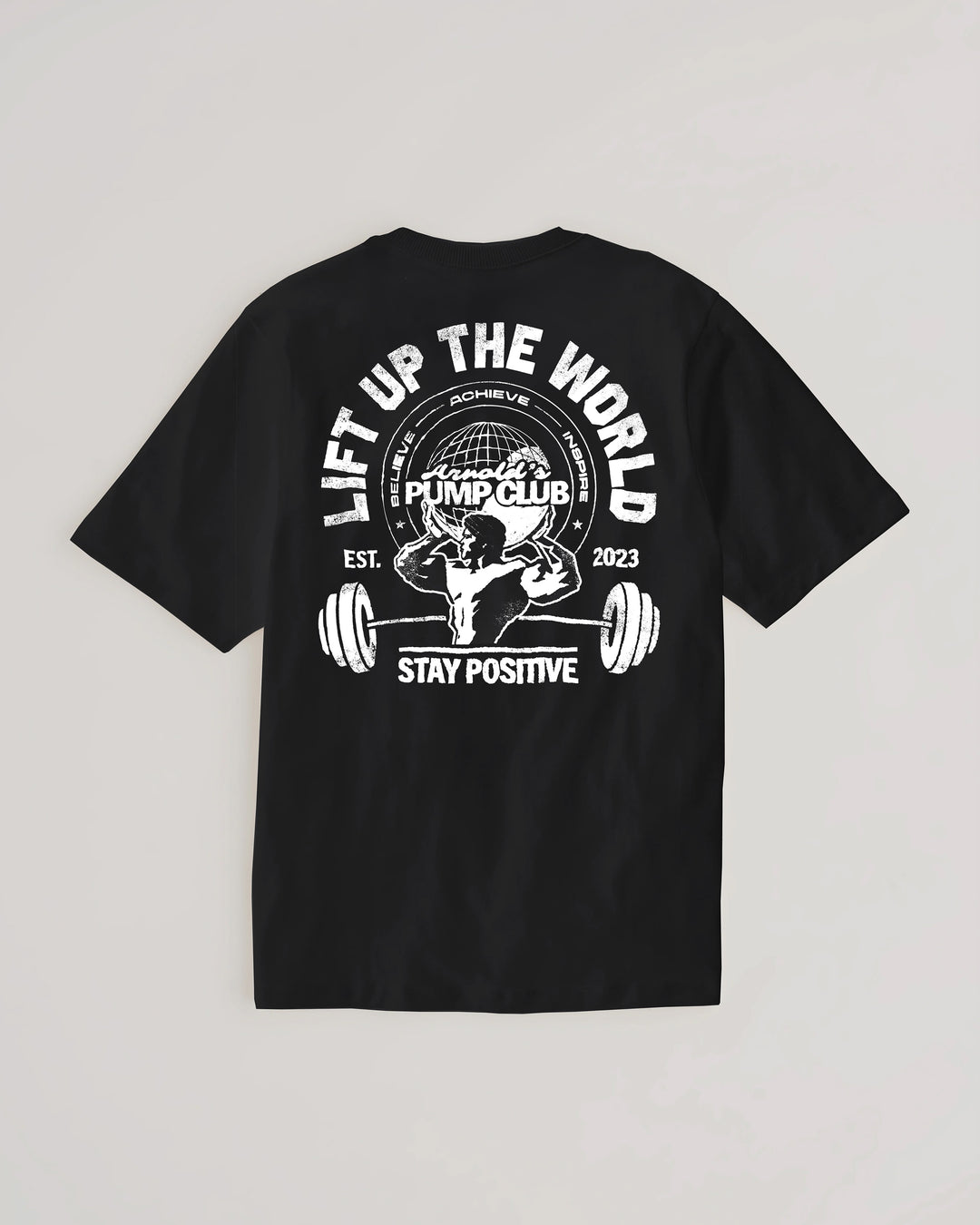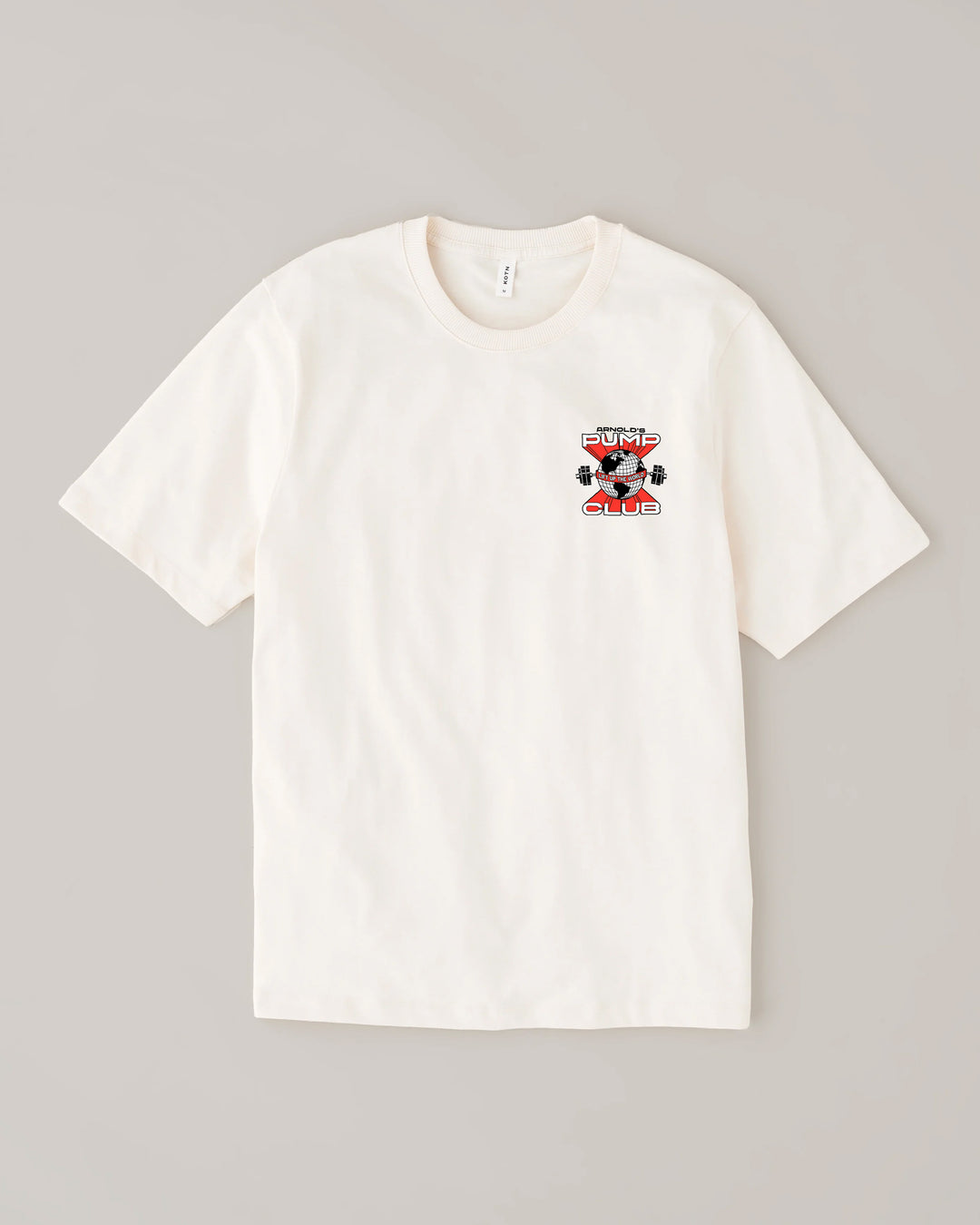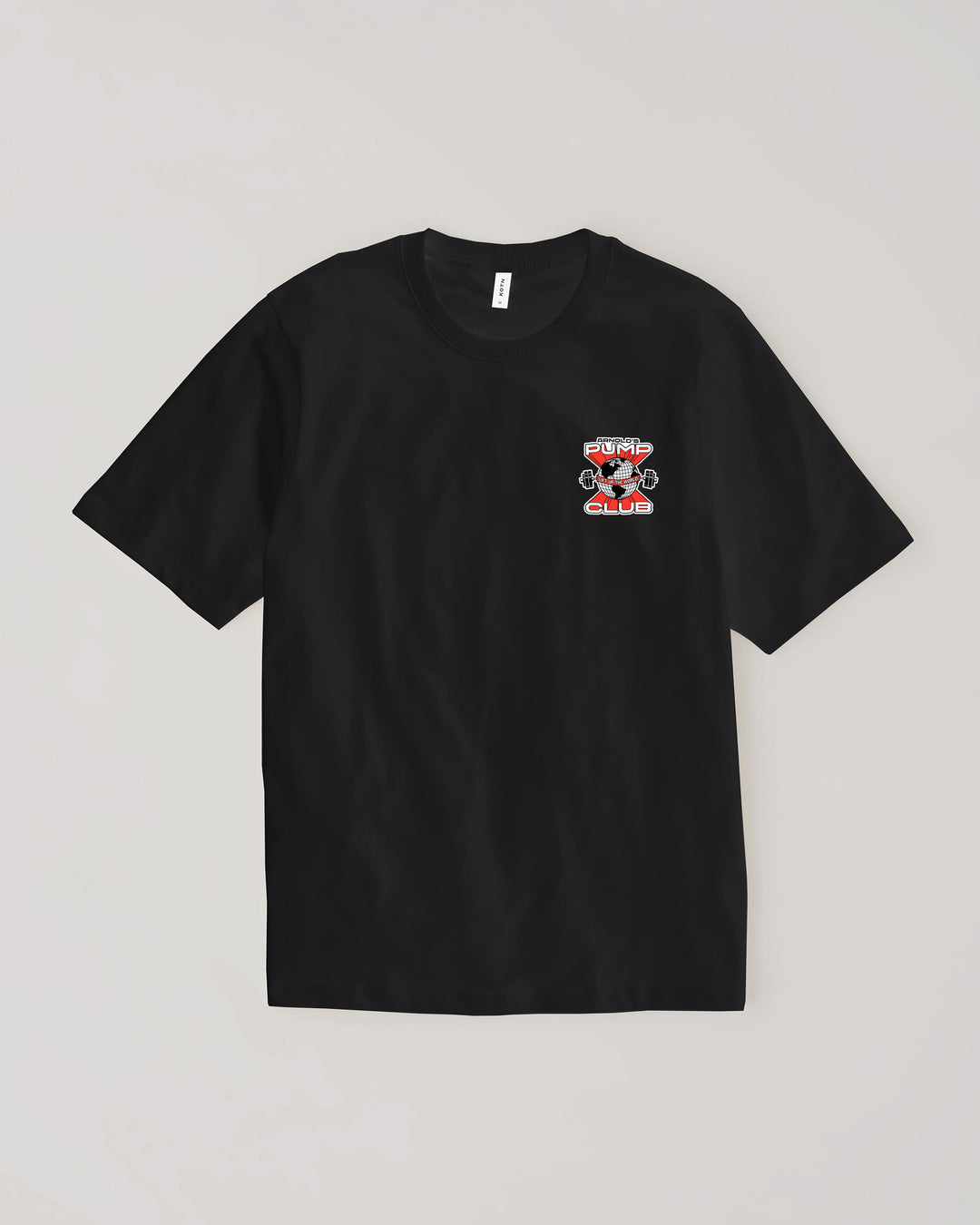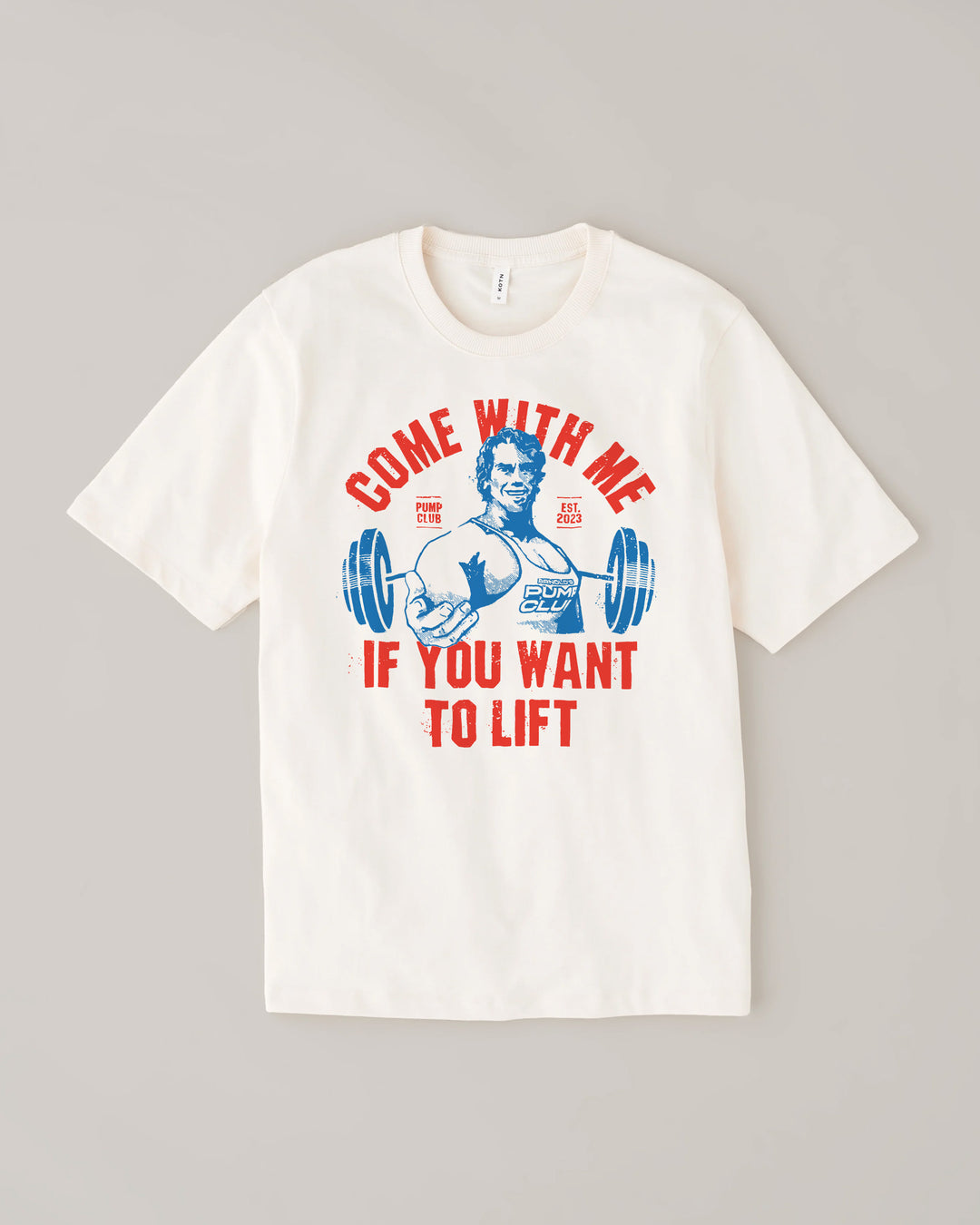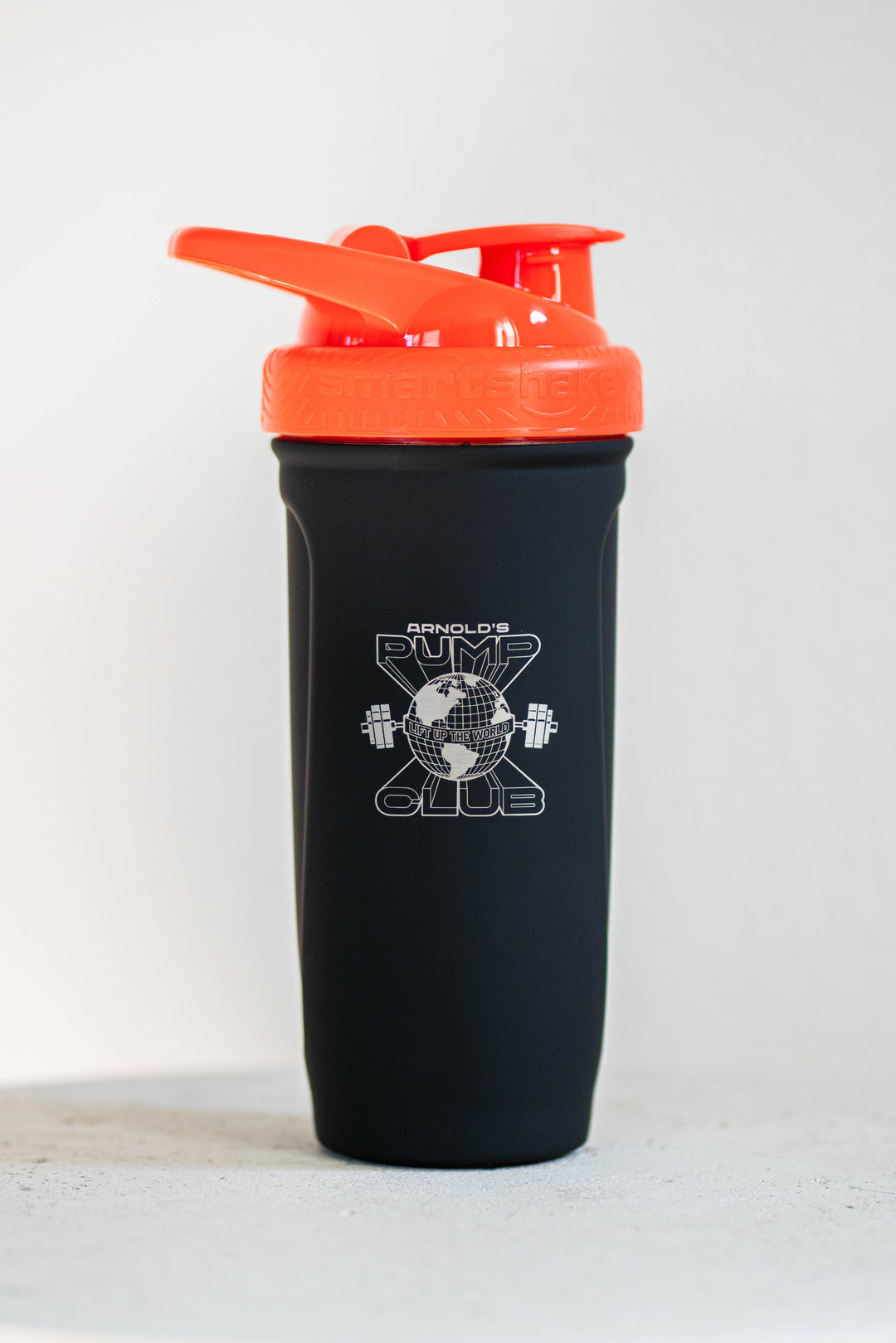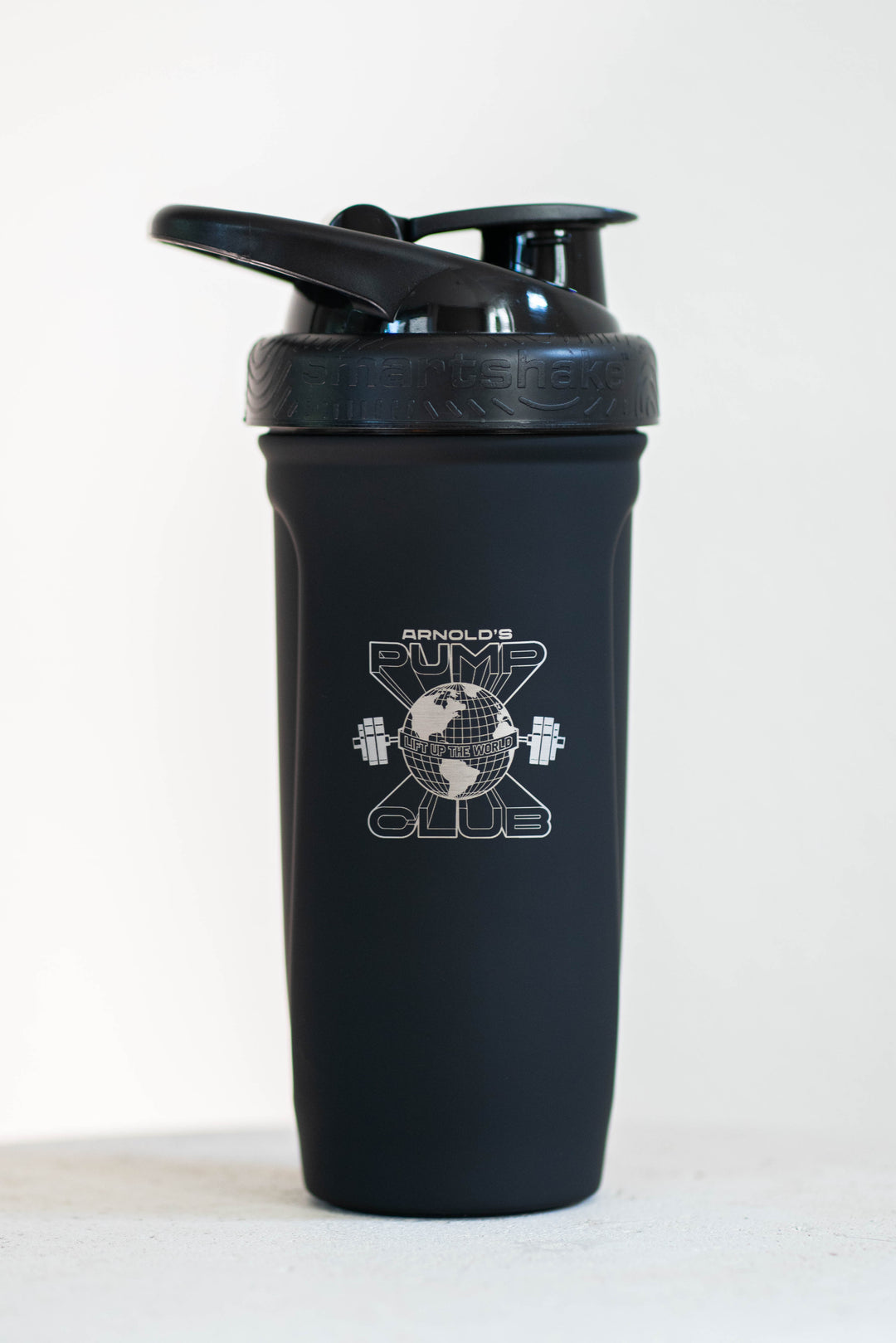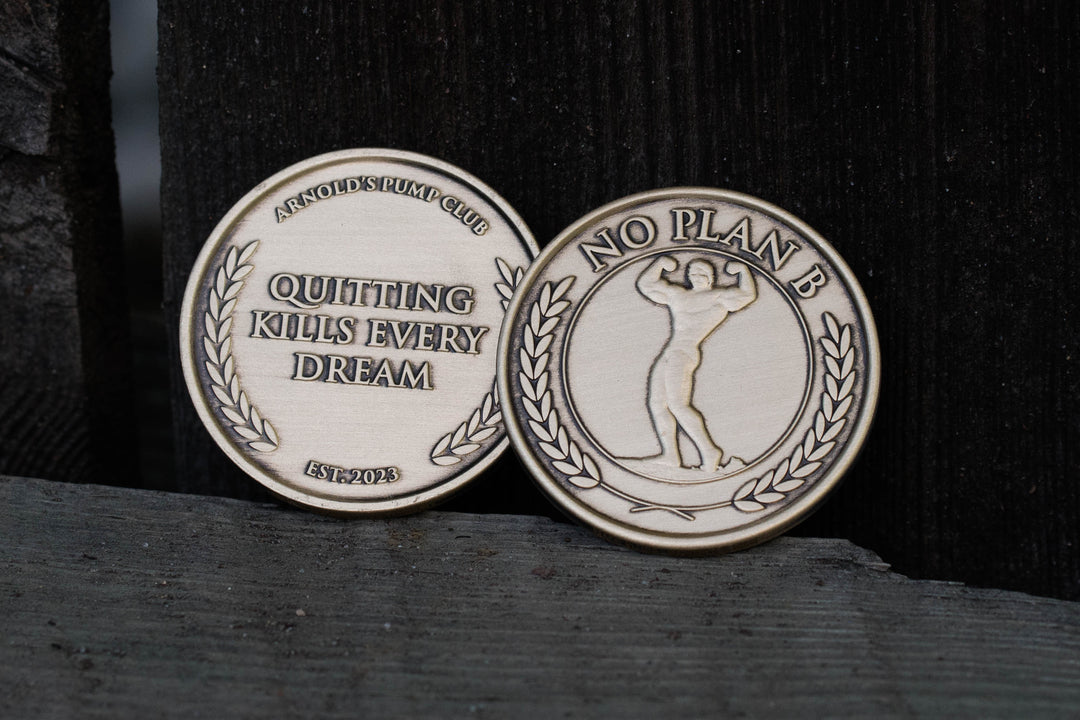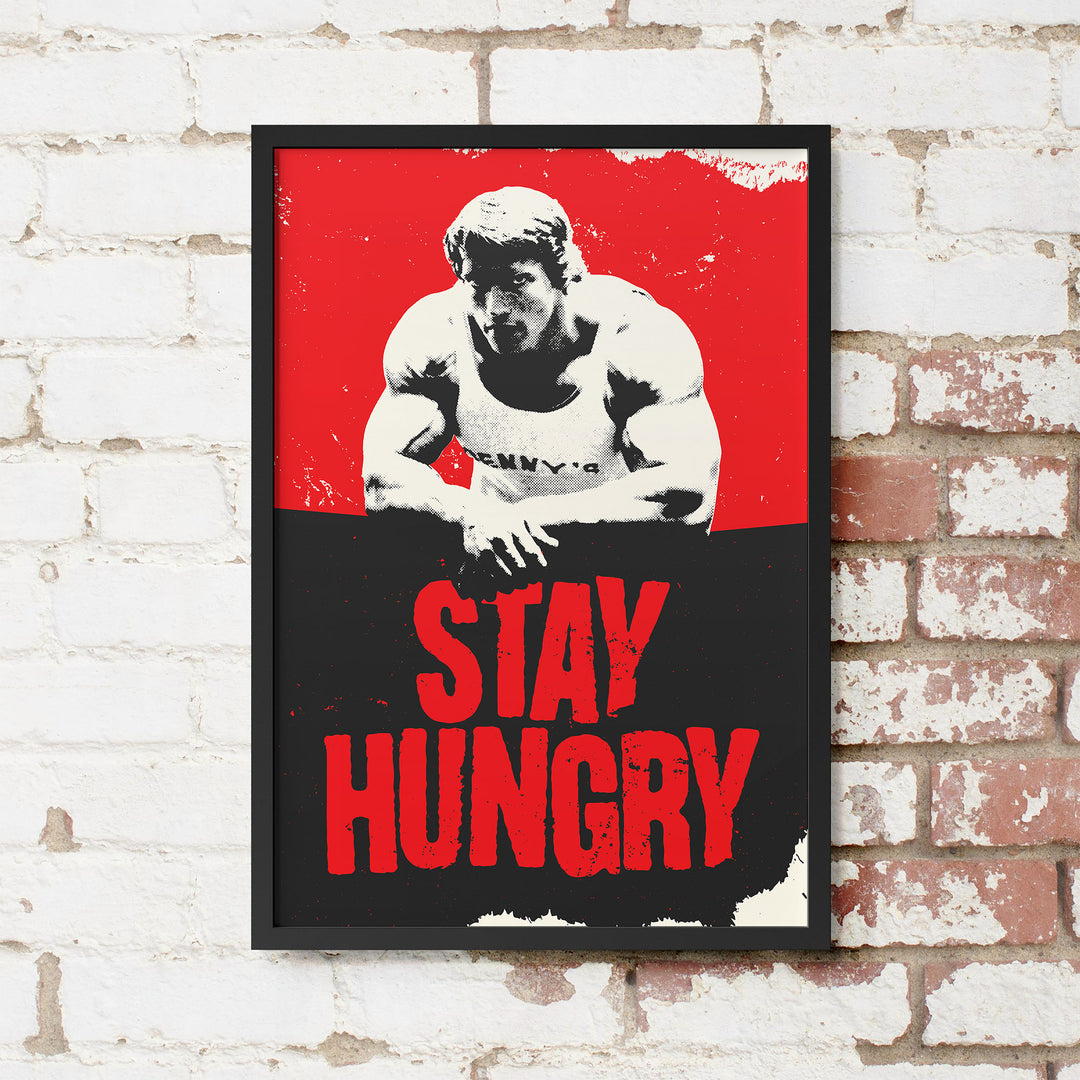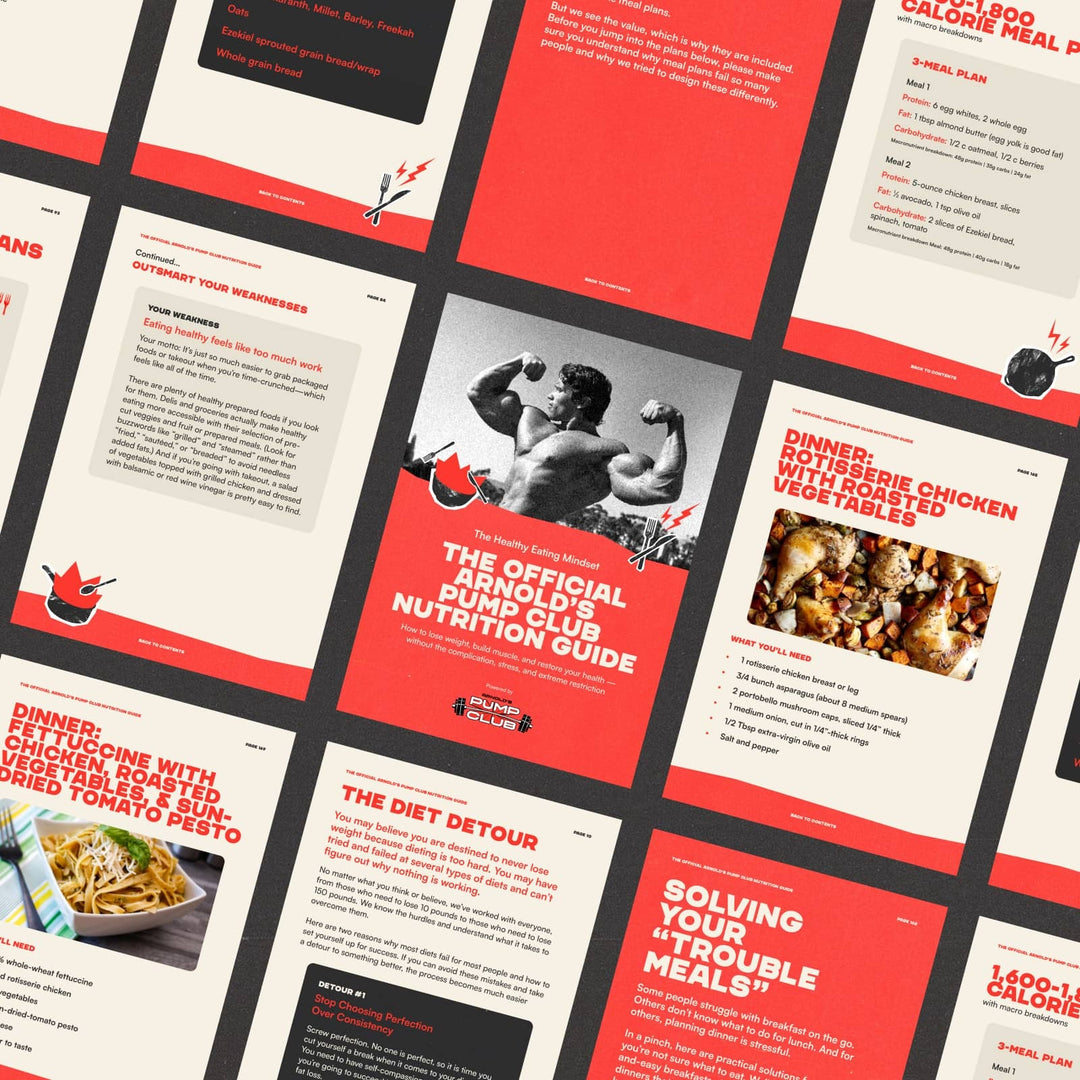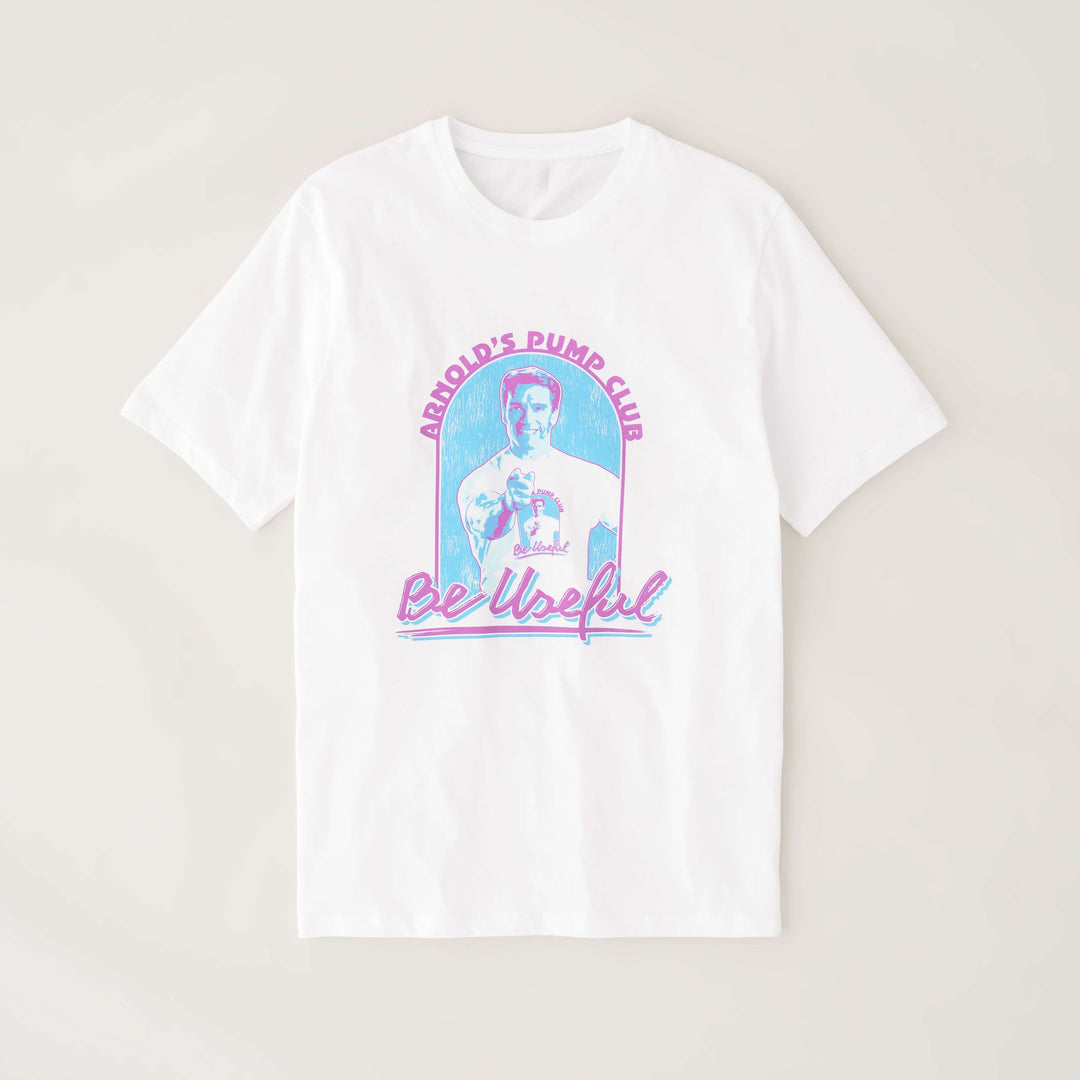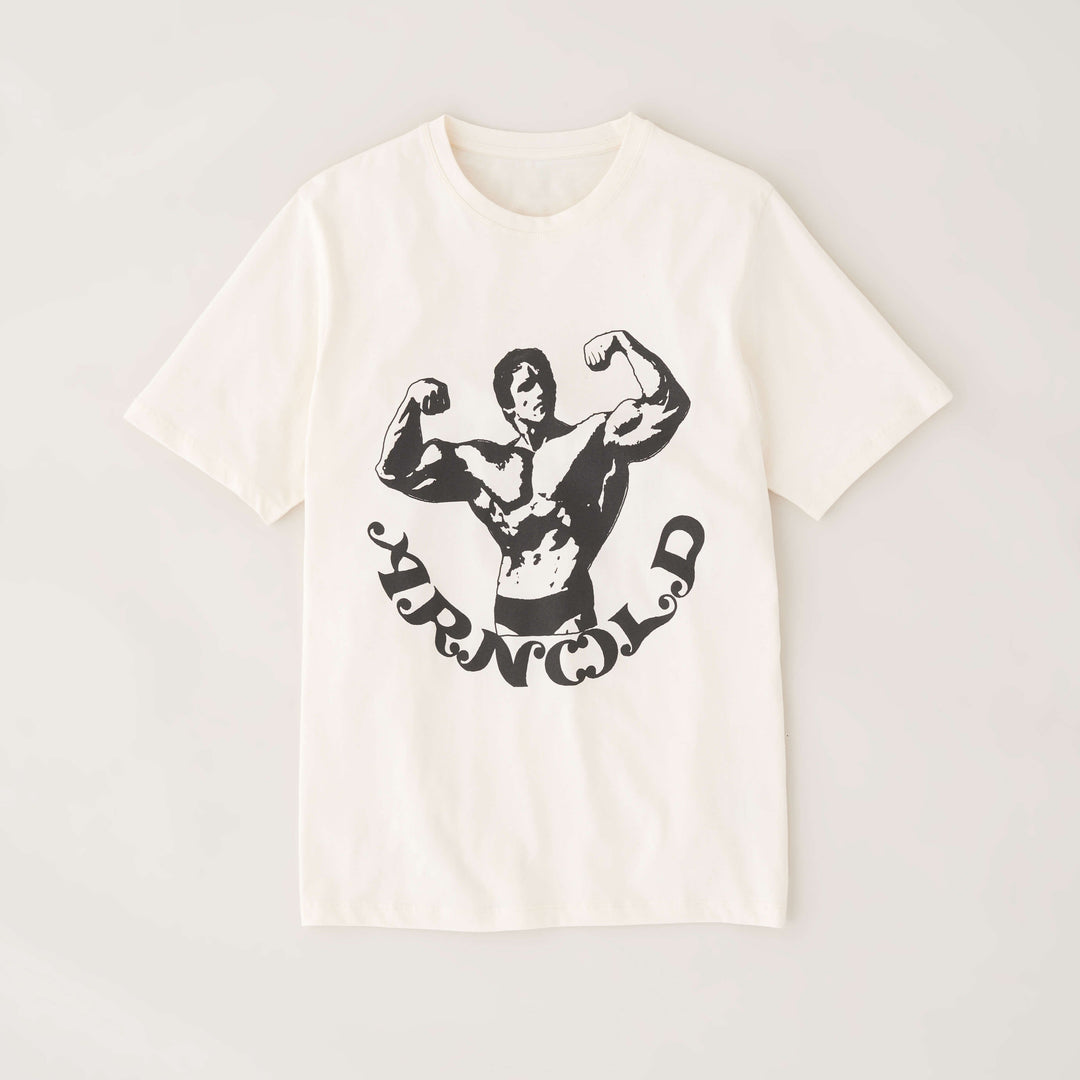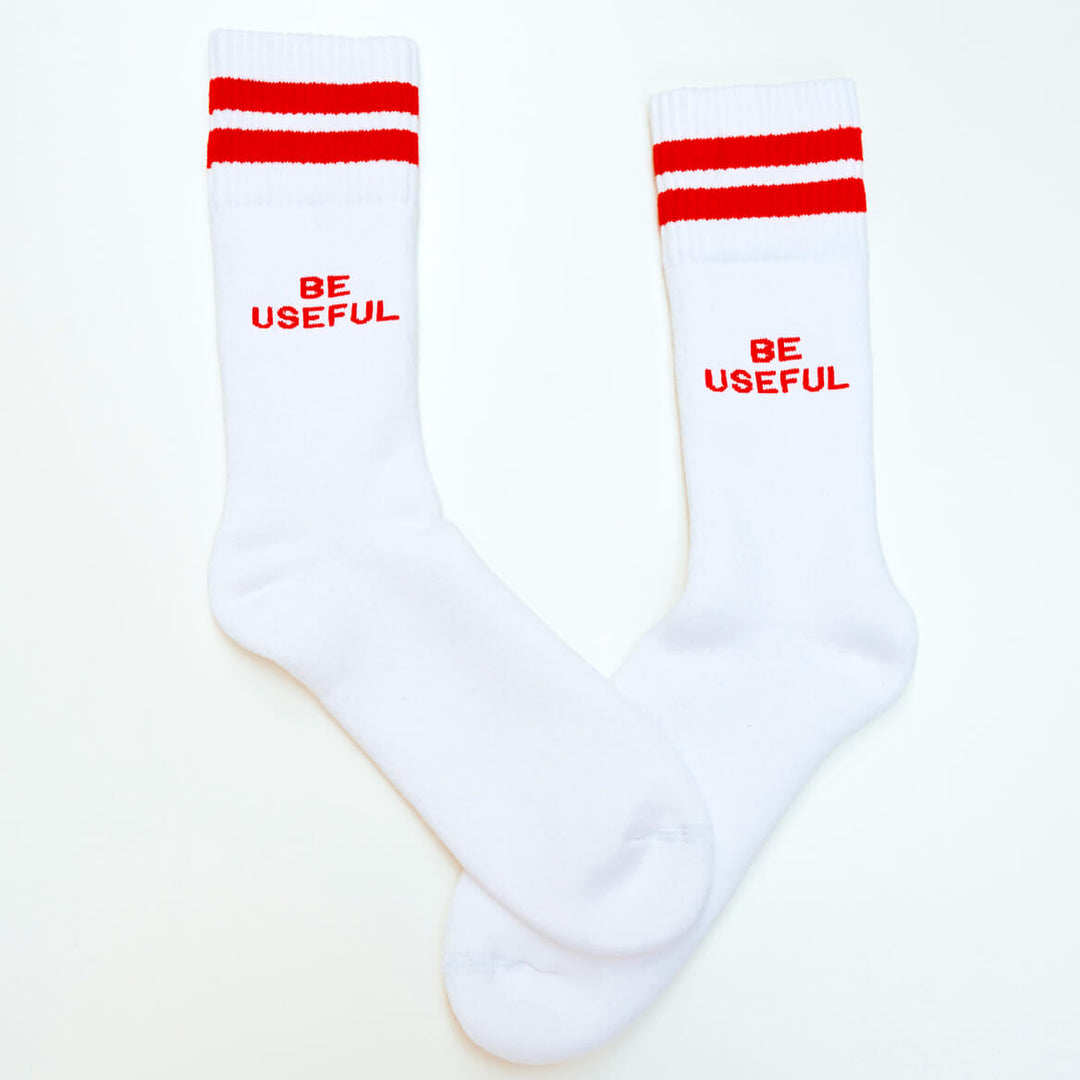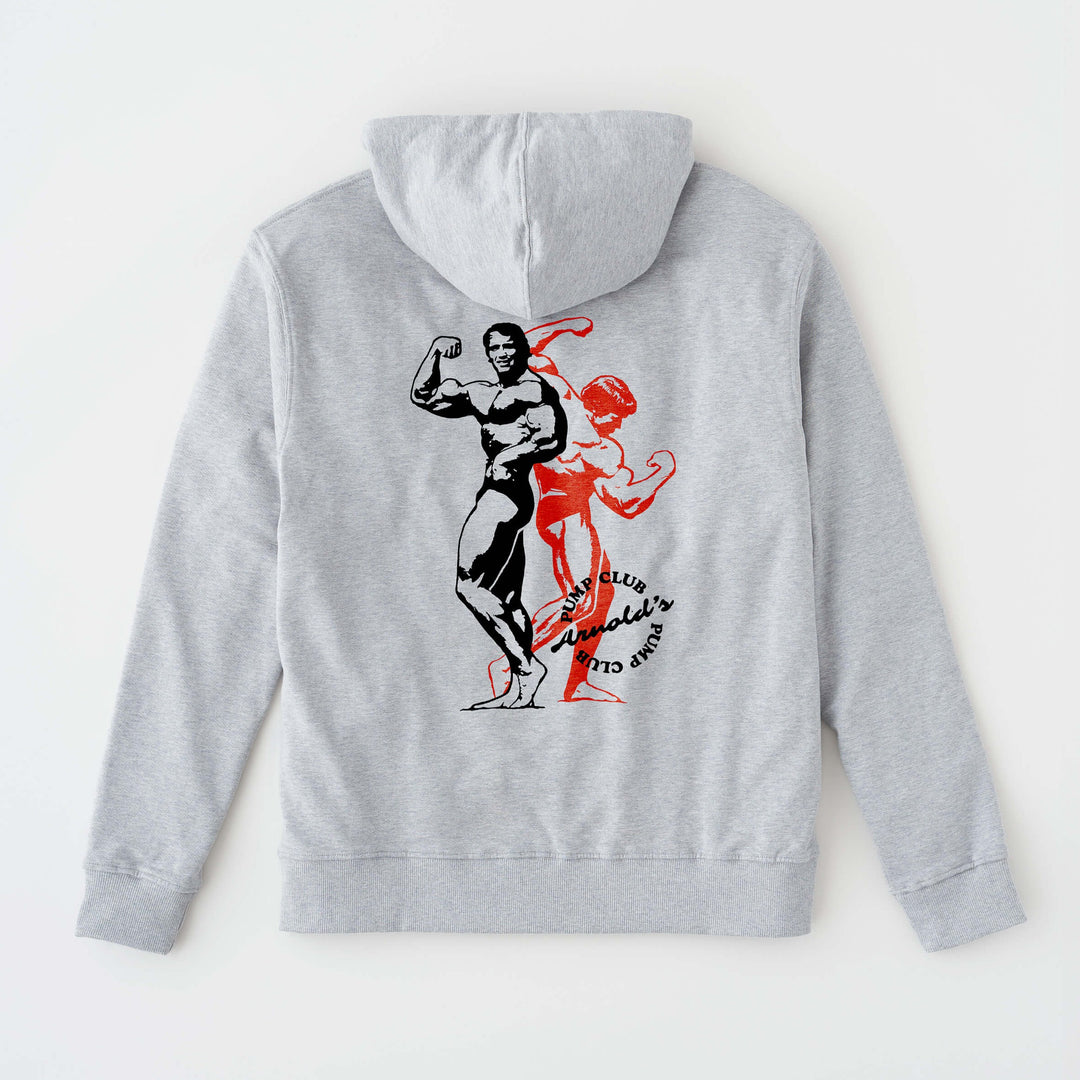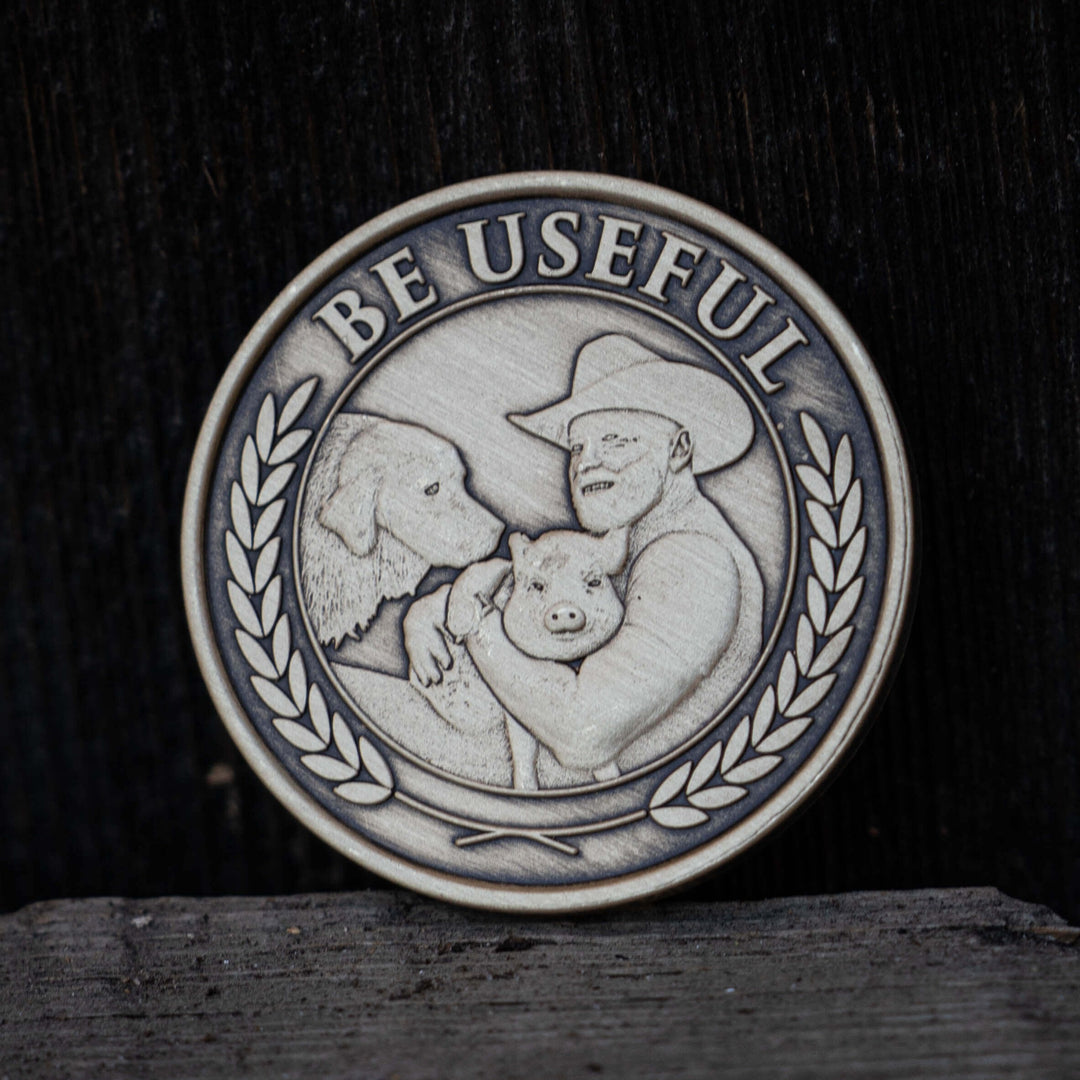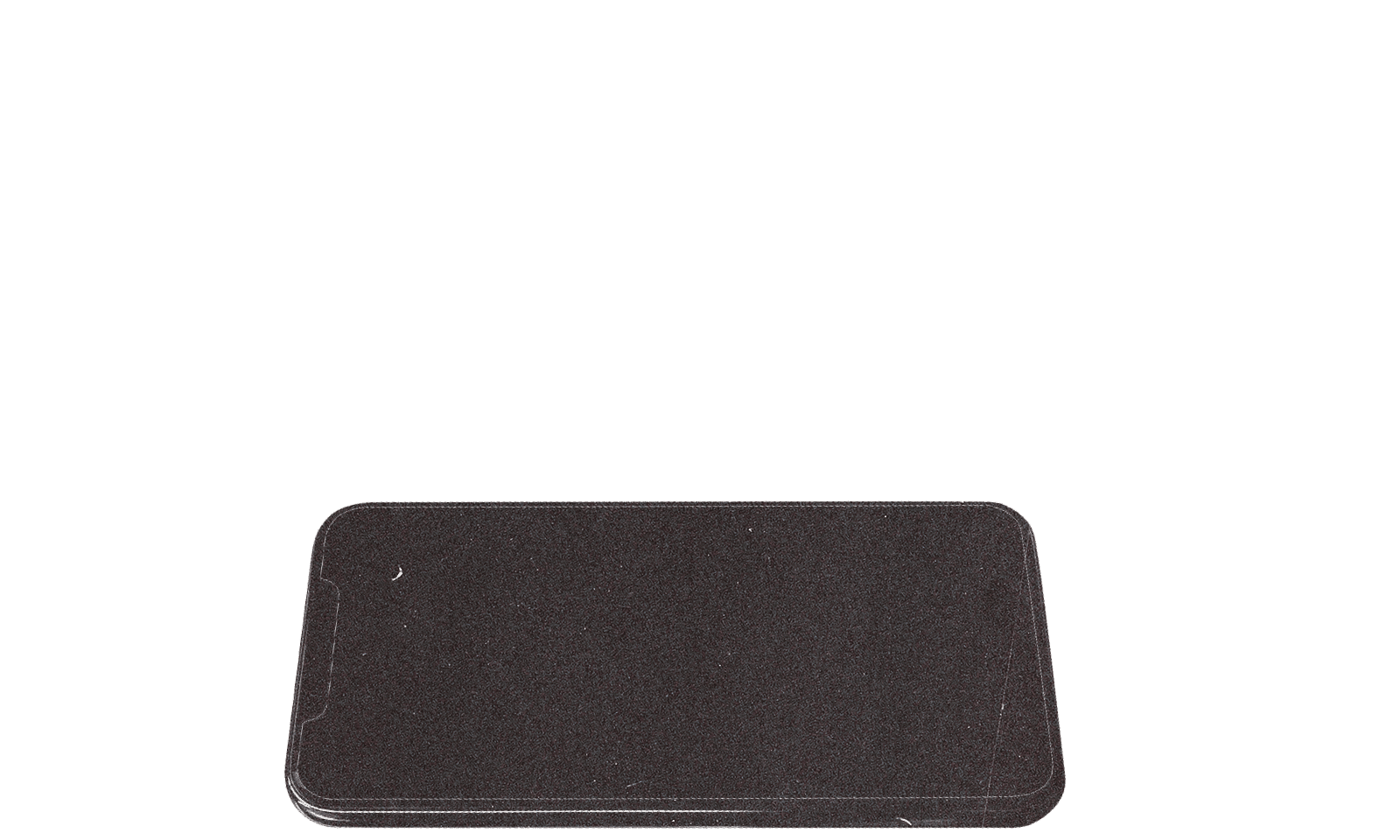Welcome to the positive corner of the internet. Every weekday, we help you make sense of the complex world of wellness by analyzing the headlines, simplifying the latest research, and providing quick tips designed to help you stay healthier in under 5 minutes. If you were forwarded this message, you can get the free daily email here.
Today’s Health Upgrade
Can screen time make you nearsighted?
The in-home threat damaging your skin and hair
A breakthrough in reversing type 2 diabetes
Why icing your injuries is not always the right move
Workout of the week
A Little Wiser (In Less Than 10 Minutes)
Arnold’s Pump Club Podcast is another daily dose of wisdom and positivity. You can subscribe on Apple, Spotify, or wherever you listen to podcasts.
On Our Radar
Can Screen Time Make You Nearsighted?
You already know too much screen time isn’t great for your mental health, but it turns out your vision could pay the price, too.
Scientists suggest that excessive daily screen time may increase your risk of nearsightedness. Before you panic, it’s essential to understand what the study measured and its findings.
A massive meta-analysis pooled data from 45 studies involving more than 335,000 children and adolescents to determine how digital screen time affects eyesight, specifically the development and progression of myopia (nearsightedness).
Researchers ran two different types of analyses: one assumed that every hour was equal, and the other assumed that the potential risk increases the more time you spend on your device.
In the basic analysis, scientists found that each additional hour of screen time increased the risk of myopia by 21 percent.
In the more complex analysis, the odds of myopia doubled after four hours of screen time, but then the risk tapered off.
The researchers caution that while screen time is associated with myopia, this does not prove causation. Other factors, such as reduced outdoor time, lack of natural light exposure, and closer viewing distances, likely also contribute. It’s important to remember that your vision does not depend on any single factor.
Scientists will continue to investigate, but if you’re concerned about eyesight — especially in children — limiting screen time can be beneficial. Alternatively, incorporate other activities that help strengthen your eyesight, such as spending time outdoors to enjoy natural light, shifting screen activities to well-lit rooms, or taking breaks every 20 minutes to gaze at something in the distance. Any of these behaviors can protect your vision and reduce eye strain.
Together With Jolie
Is Your Water Quietly Damaging Your Hair and Skin?
Most people blame shampoo, styling, or even genetics when their hair feels dry or their skin acts up. But research suggests the water you shower in might be part of the problem.
Chlorine and hard water can strip oils, fade colors, and worsen irritation — but the extent of this damage depends on exposure and individual sensitivity.
Chlorine binds to the natural oils in your skin and hair, leaving them dry, brittle, and more prone to irritation. Hard water — loaded with calcium and magnesium — leaves mineral deposits that block those oils from reaching the surface. Together, that means less natural protection and more dryness.
It’s not just about texture. Your skin is also vulnerable — chlorine exposure can worsen eczema and dermatitis, while hard water may disrupt the skin barrier, making conditions like atopic dermatitis harder to manage.
The research on strength is mixed. Some studies suggest hard water weakens hair fibers and increases breakage, while others show no significant difference. Chlorine, on the other hand, is known to gradually weaken the hair shaft, potentially leading to split ends.
If you need a scientifically proven solution to improve the quality of your water, the Jolie filter is designed to protect your body at the source. Their advanced filtration system removes the harsh stuff before it ever touches you, leaving you with cleaner water, softer skin, and healthier hair.
Jolie offers the only lab-tested and clinically reviewed showerhead that removes chlorine and heavy metals.
If you want to protect your hair and skin, the Jolie filter is an easy way to enhance your shower experience. As an APC subscriber, you get free shipping and a 60-day trial. So if you don’t love it or see a difference, you can return it and get your money back, no questions asked.
Health
A Breakthrough Approach For Type 2 Diabetes?
Most people believe type 2 diabetes is a permanent condition they’ll have to “manage” forever. But that might not be the case.
Scientists found that losing 10 to 15 percent of your body weight can potentially reverse type 2 diabetes.
Scientists reviewed participants with type 2 diabetes who followed a strict low-calorie diet for 8 to 12 weeks. Within 7 days, liver fat dropped by 30 precent and fasting blood glucose normalized. By 8 weeks, pancreas fat declined significantly, and insulin production recovered. In the larger trial, 46 percent of participants were in remission after 1 year, and 36 percent stayed in remission at 2 years — without medications.
Consistently eating more calories than you burn causes fat to accumulate in the liver. The fatty liver overproduces glucose and exports fat to the pancreas, disrupting insulin production. But this cycle can be reversed: cut calories, reduce liver and pancreas fat, restore insulin function.
The research emphasizes urgency: the longer someone has diabetes, the harder it is to reverse. Those diagnosed within 4 years had a 60 percent remission rate; after 8 years, it dropped to 21 percent.
This research reframes diabetes from a chronic, progressive disease into something that — for many — is very much treatable and capable of being put into remission with consistency and dedication.
Recovery
Friends Don’t Let Friends Ice Injuries Mindlessly
When you twist an ankle, strain a muscle, or push too hard on a workout, the first instinct is usually the same: grab some ice. But research suggests the “ice everything” habit might not always help you heal faster.
Using ice as your first line of defense might be doing more harm than good – but ice still has its place when used smartly.
A recent review and follow-up studies show that prolonged icing can actually delay the arrival of macrophages — the healing cells your body sends to repair damaged tissue. This means that if you ice for too long or too often, you might be slowing down the body’s natural recovery process.
At the same time, research also shows that ice isn’t useless. Used briefly (5 to 20 minutes), especially in the first 24 hours after a minor injury, it can reduce pain, control excessive swelling, and prevent secondary tissue damage.
That’s why sports medicine experts have updated the old RICE protocol (rest, ice, compression, elevation) to methods that focus on protection, elevation, avoiding anti-inflammatories when possible, and compression — followed by gradually reintroducing movement and activity to promote tissue healing and adding in exercise that promotes blood flow without intense pain.
Think of ice as a tool, not a reflex. Use it for pain relief, or when swelling keeps you from moving, but don’t rely on it as your default recovery strategy. Gentle movement, restoring mobility, and letting your body’s natural healing process do its job are often more effective than sitting with an ice pack for hours.
Better Today
Take any of these tips from today’s email and put them into action:
Screen Time & Vision: Excessive screen time could increase the risk of nearsightedness. If you have to be on your screens, try to speed more time outdoors or take short breaks to give your eyes a rest.
How Water Quality Affects Your Skin And Hair: Chlorine and hard water minerals in shower water can strip natural oils from hair and skin, potentially worsening conditions like eczema and causing dryness, brittleness, and color fading.
Type 2 Diabetes Reversal: Losing 10-15% of body weight through caloric restriction can reverse type 2 diabetes in up to 46% of patients within one year by reducing liver and pancreas fat accumulation that disrupts insulin production.
-
How Icing Can Slow Injury Recovery: Prolonged icing of injuries may delay healing by blocking macrophages (repair cells). But if pain is intense, brief icing (5 to 20 minutes) in the first 24 hours can effectively reduce pain and control excessive swelling.
—
Publisher: Arnold Schwarzenegger
Editors-in-chief: Adam Bornstein and Daniel Ketchell







